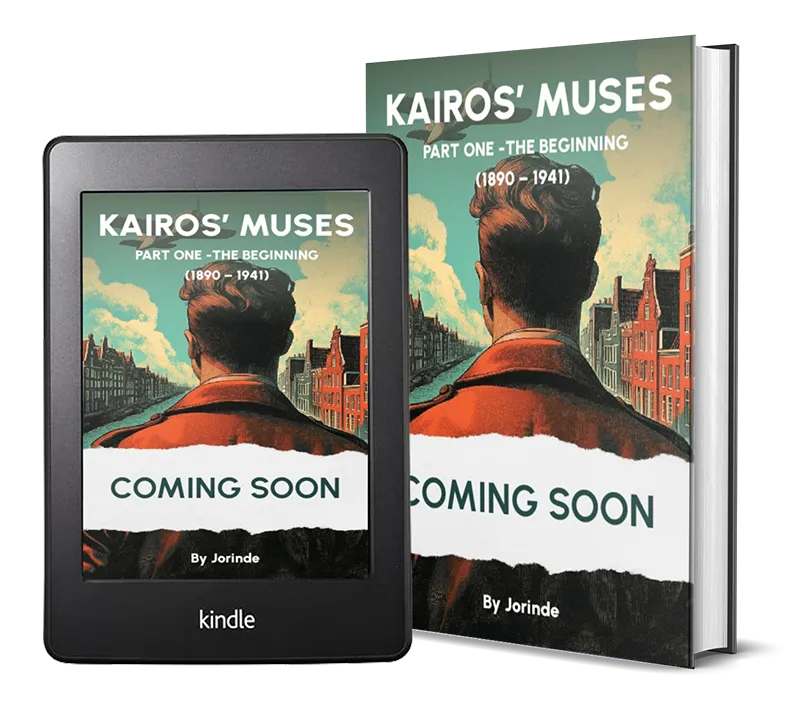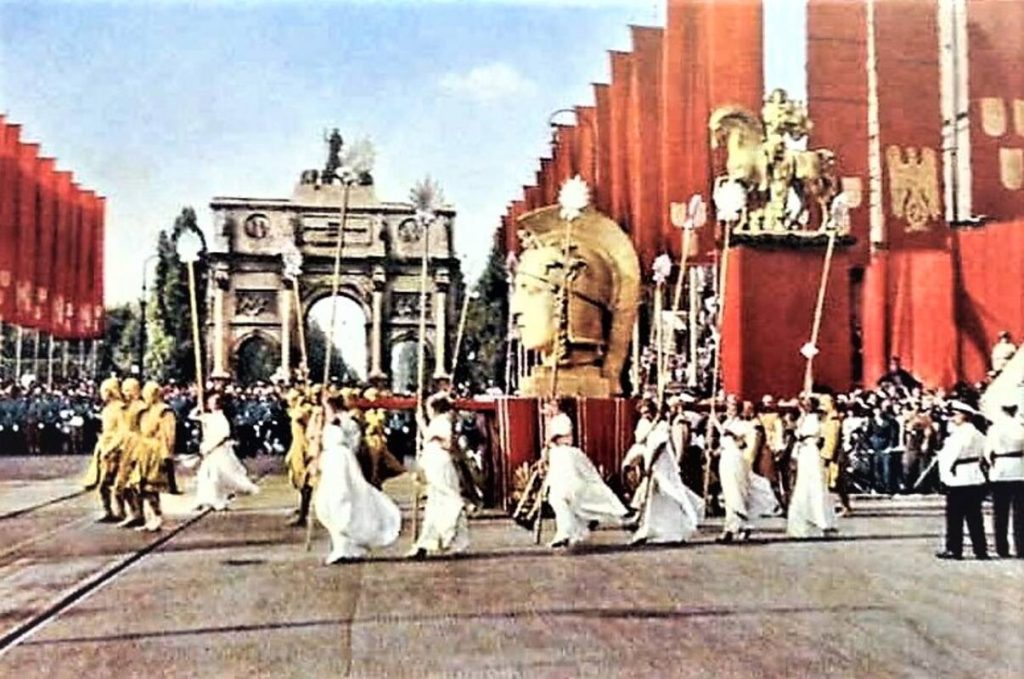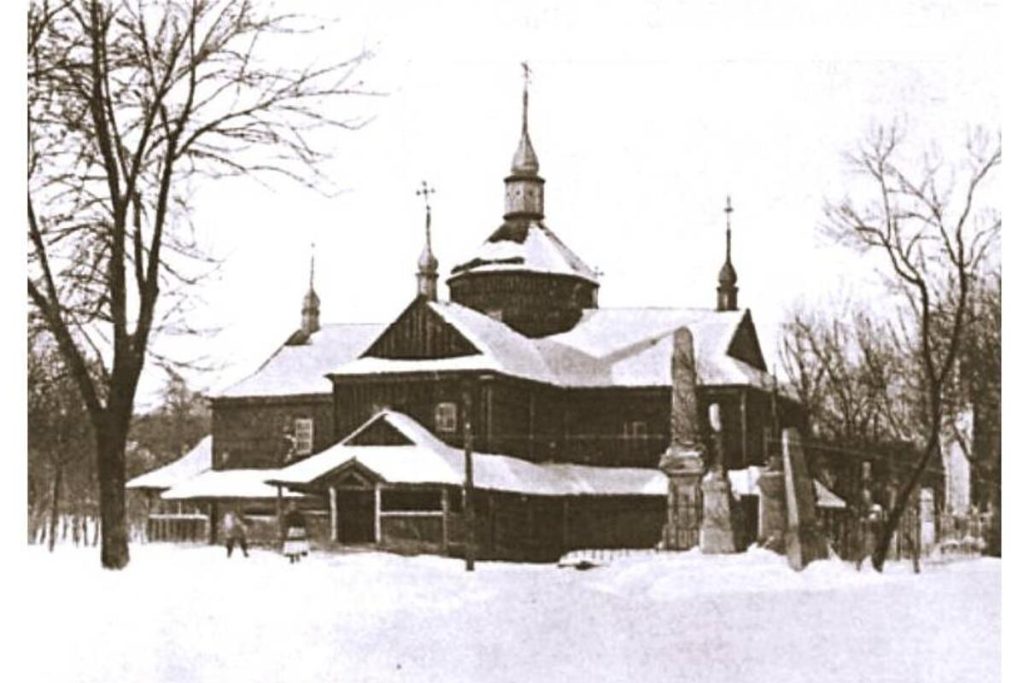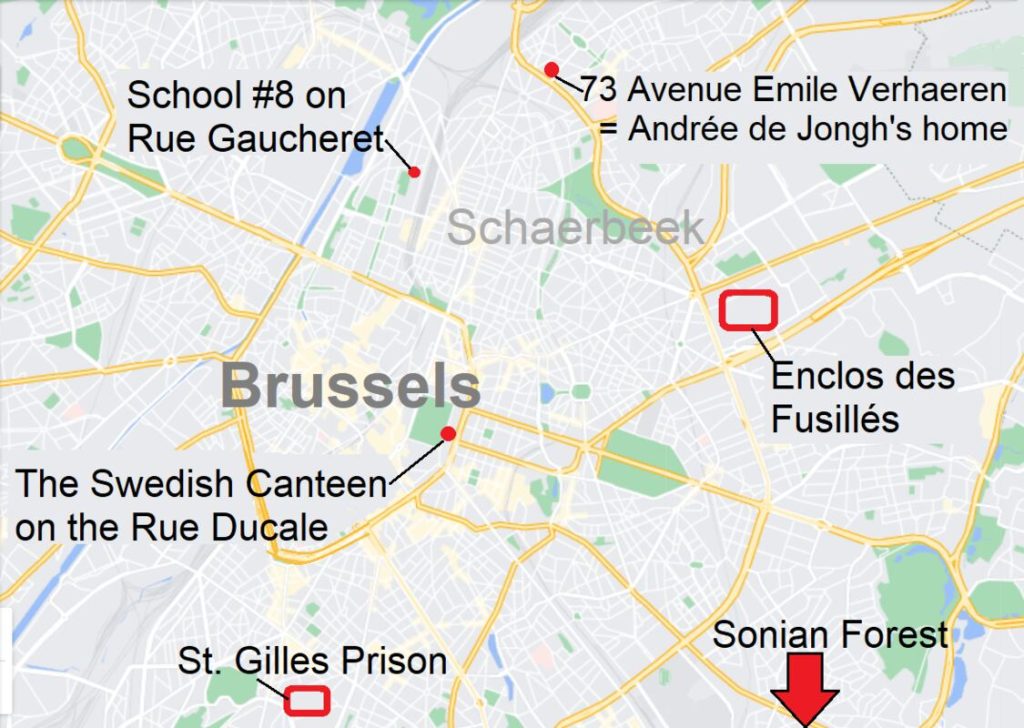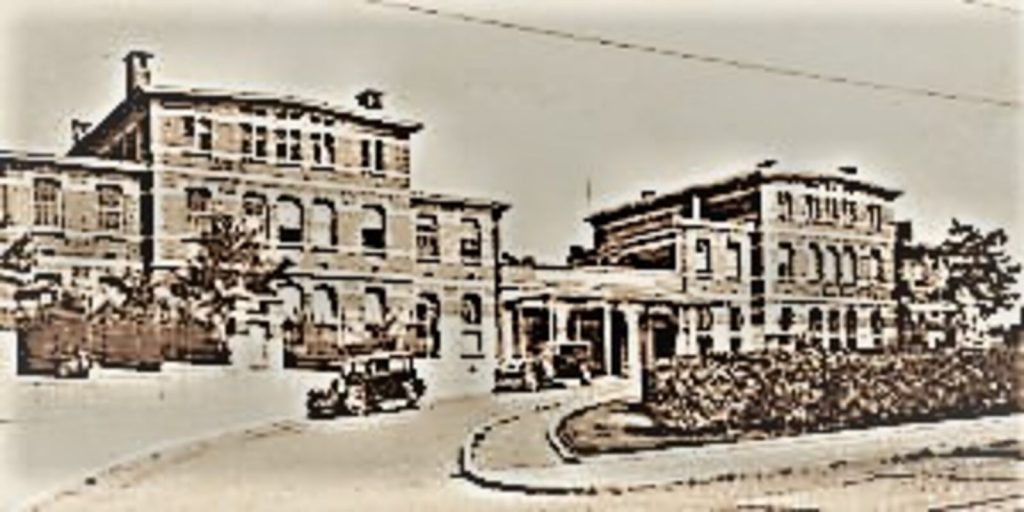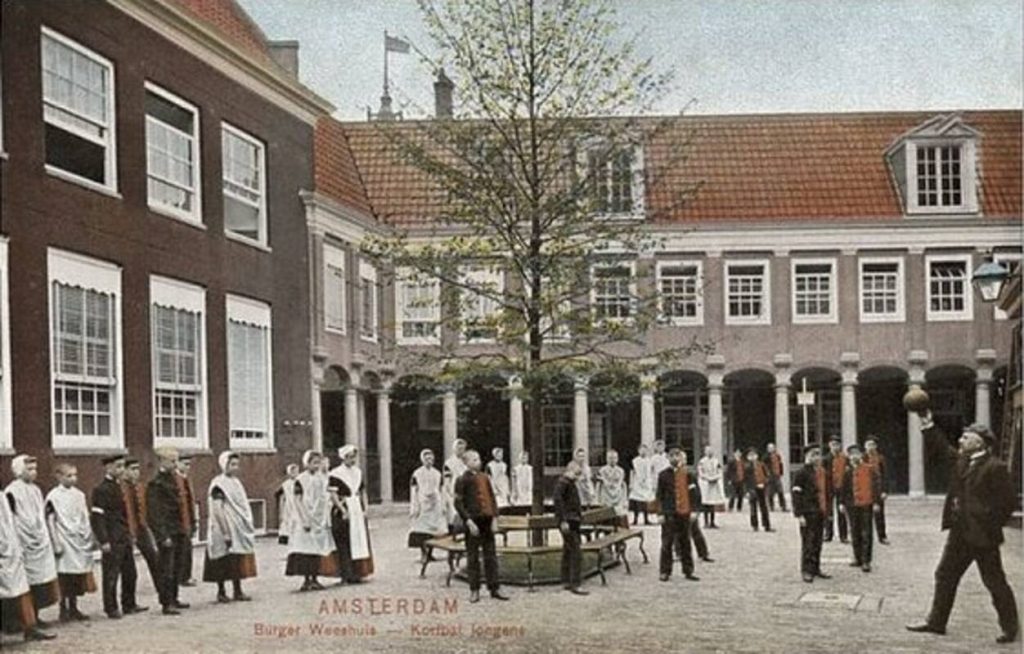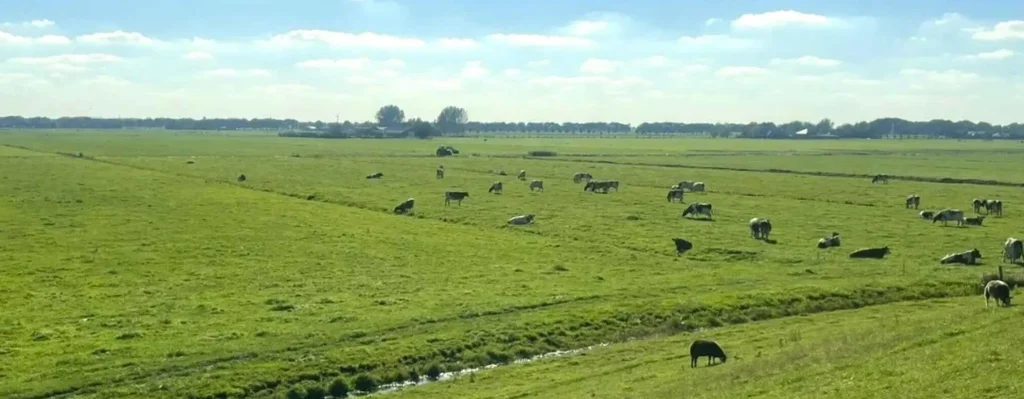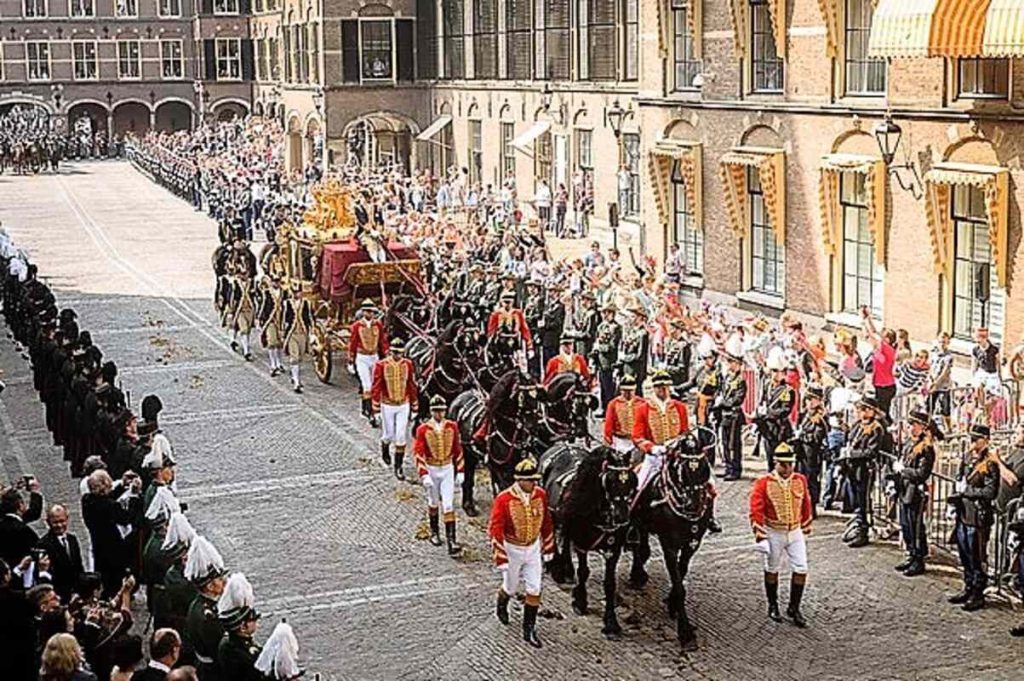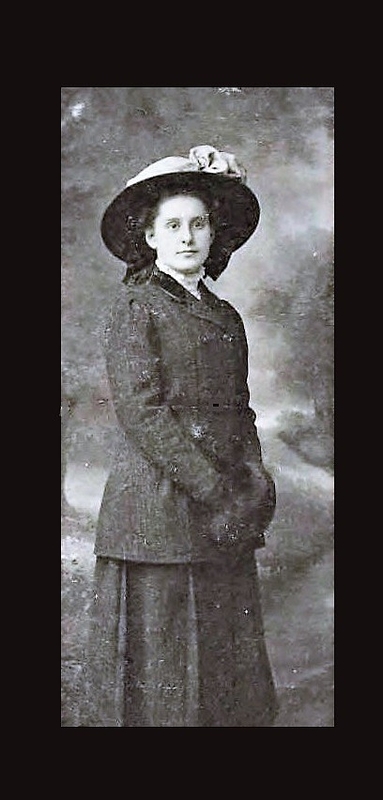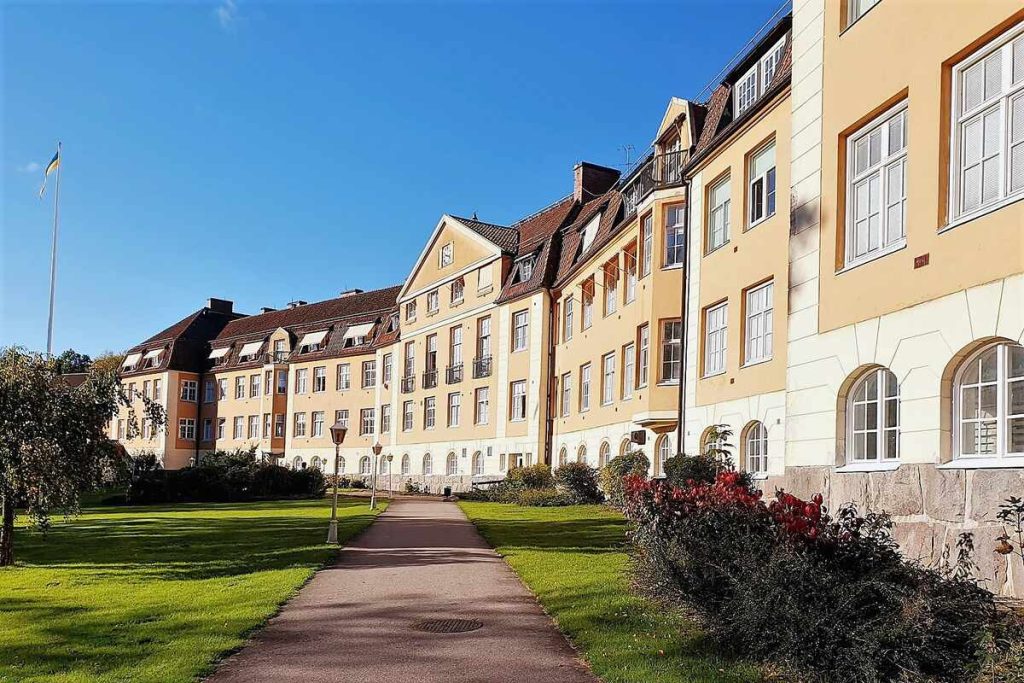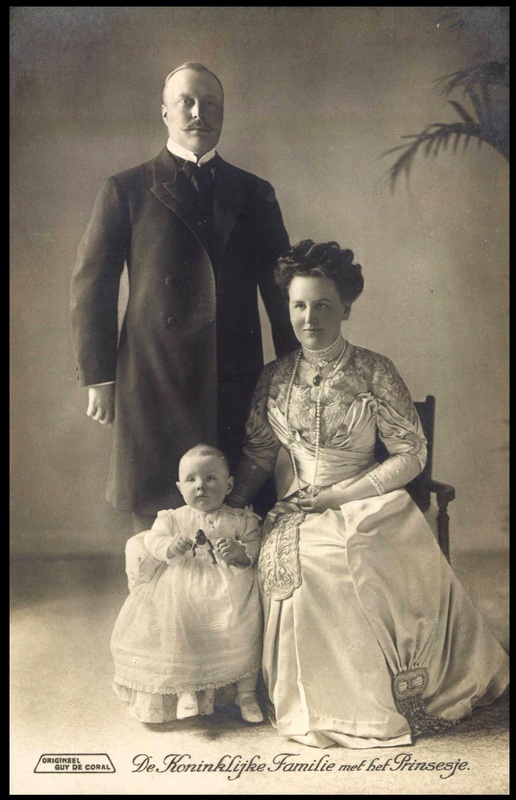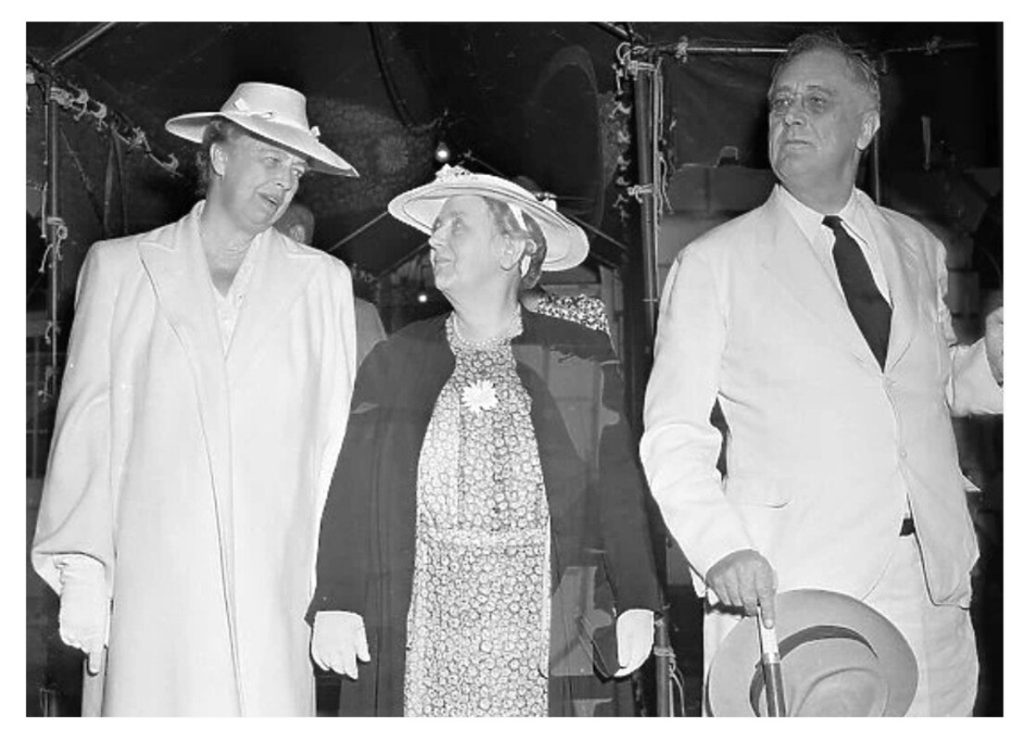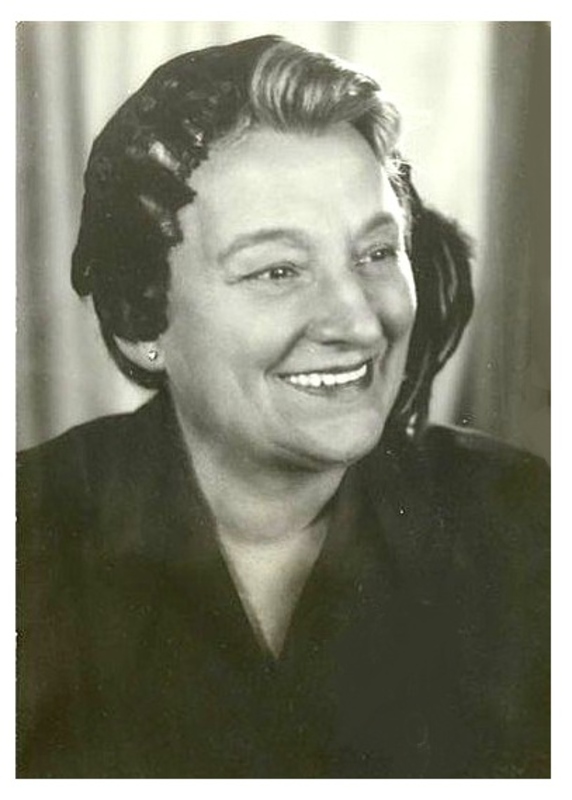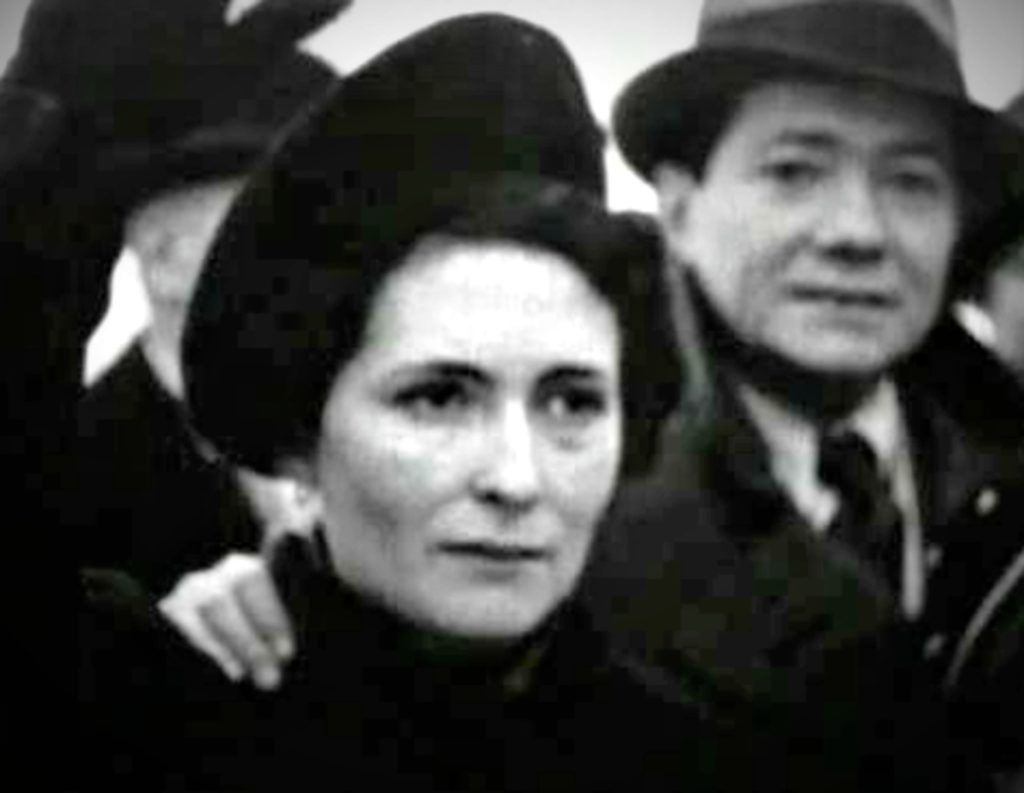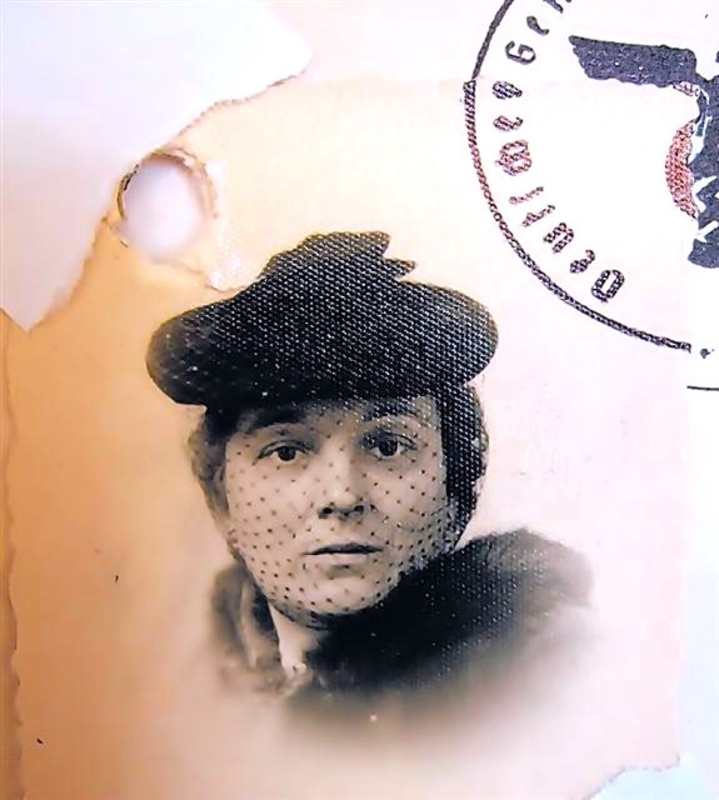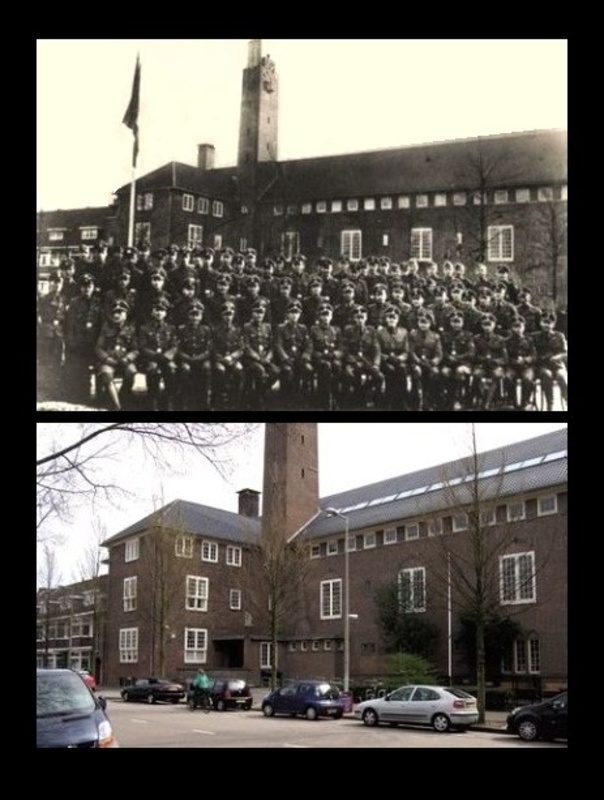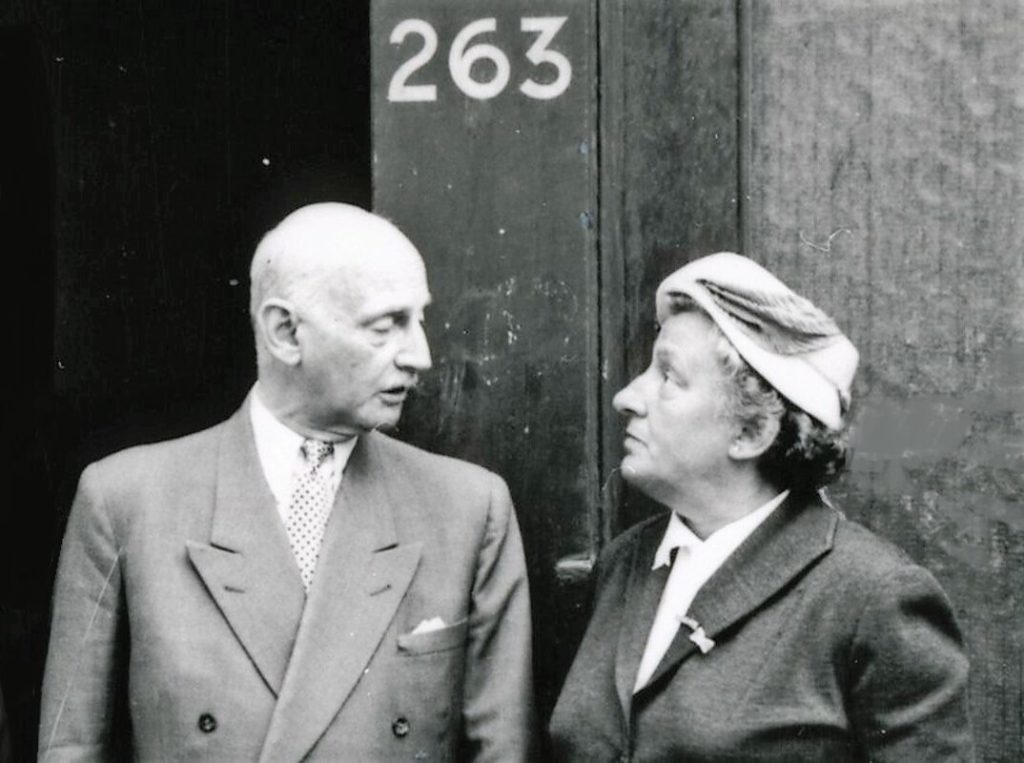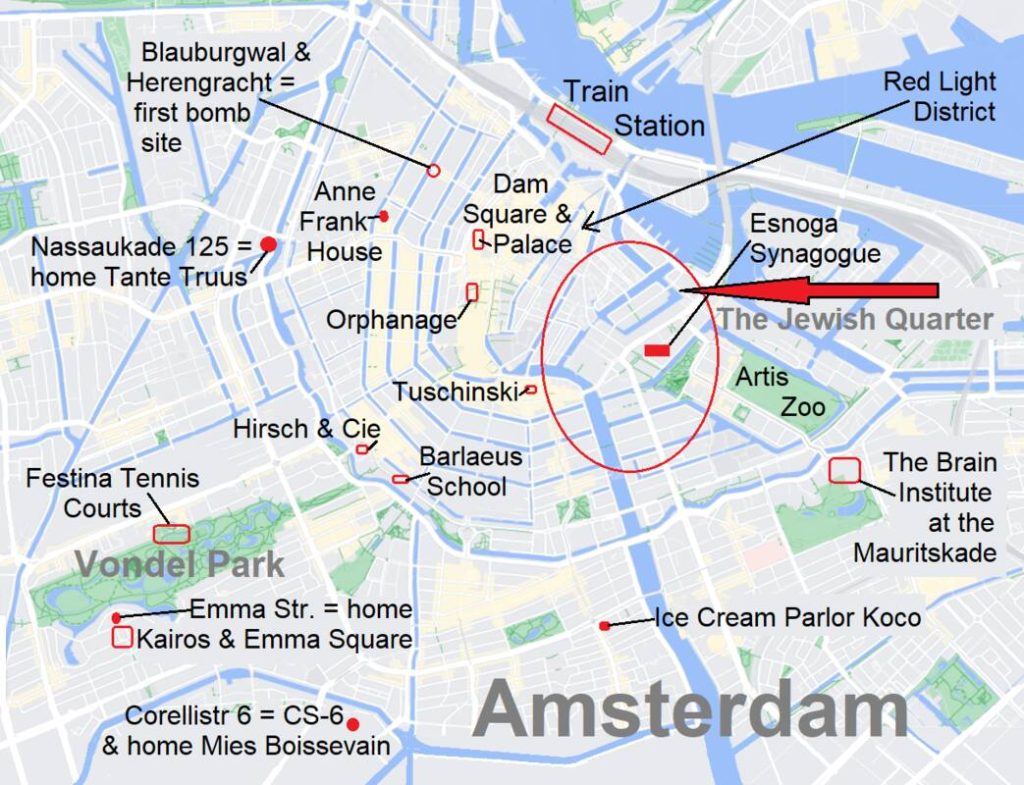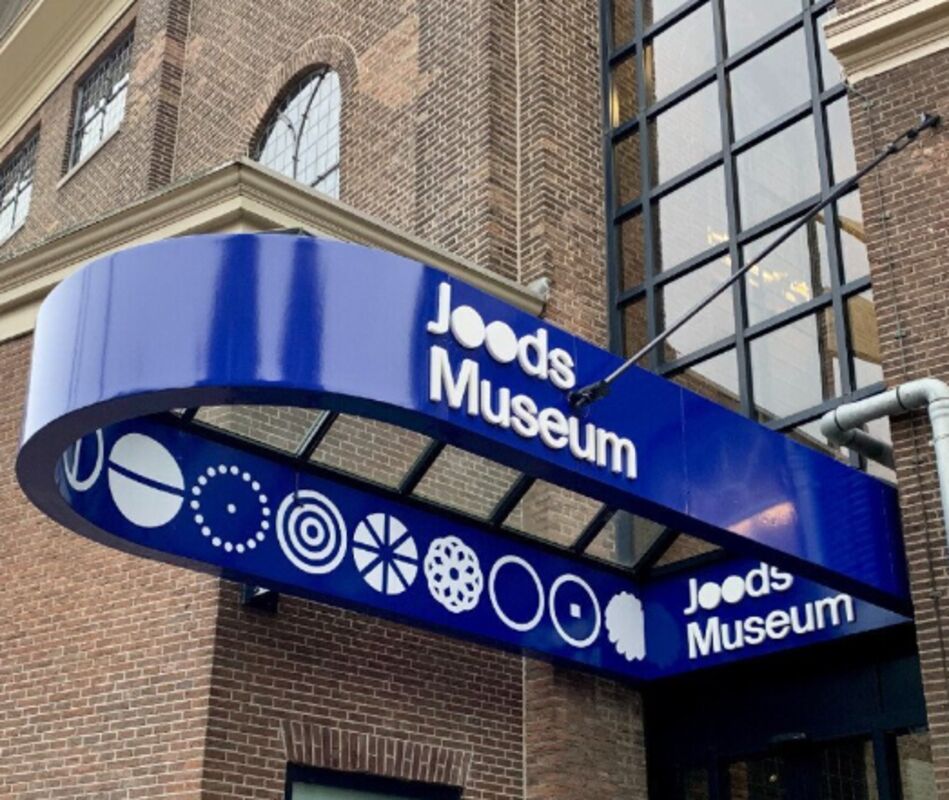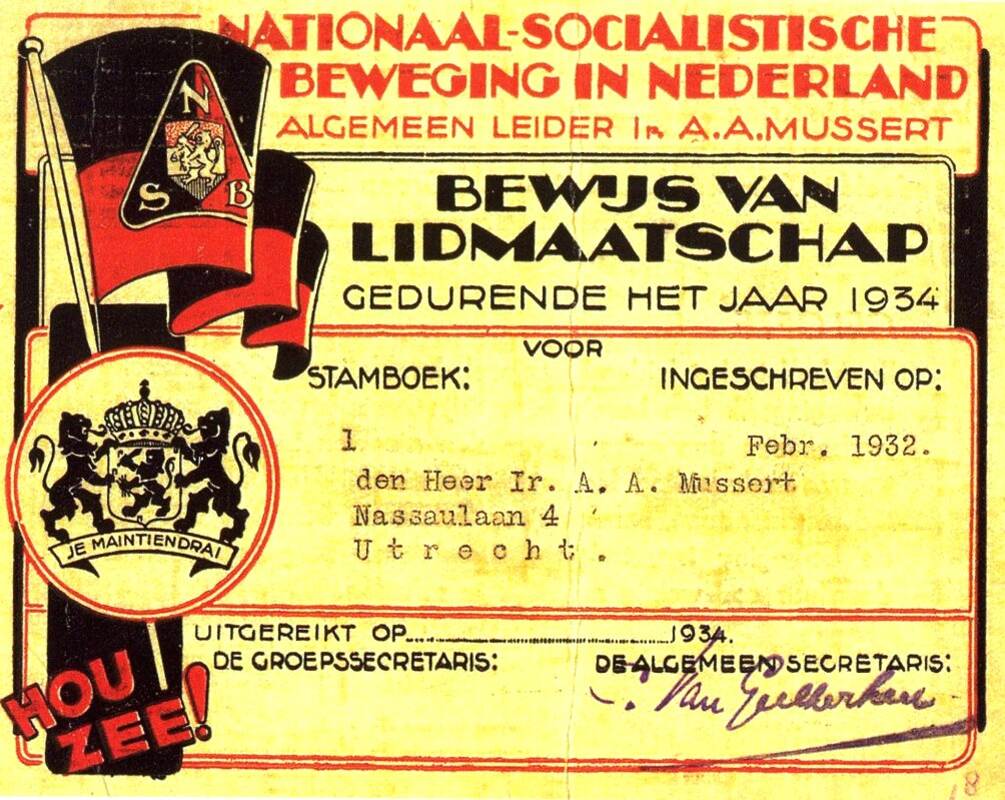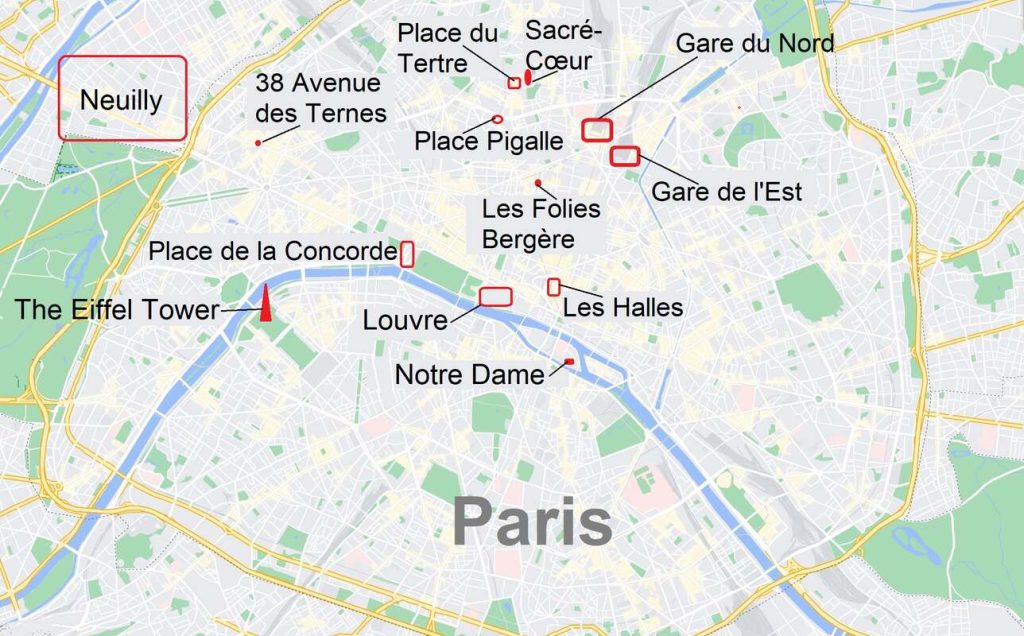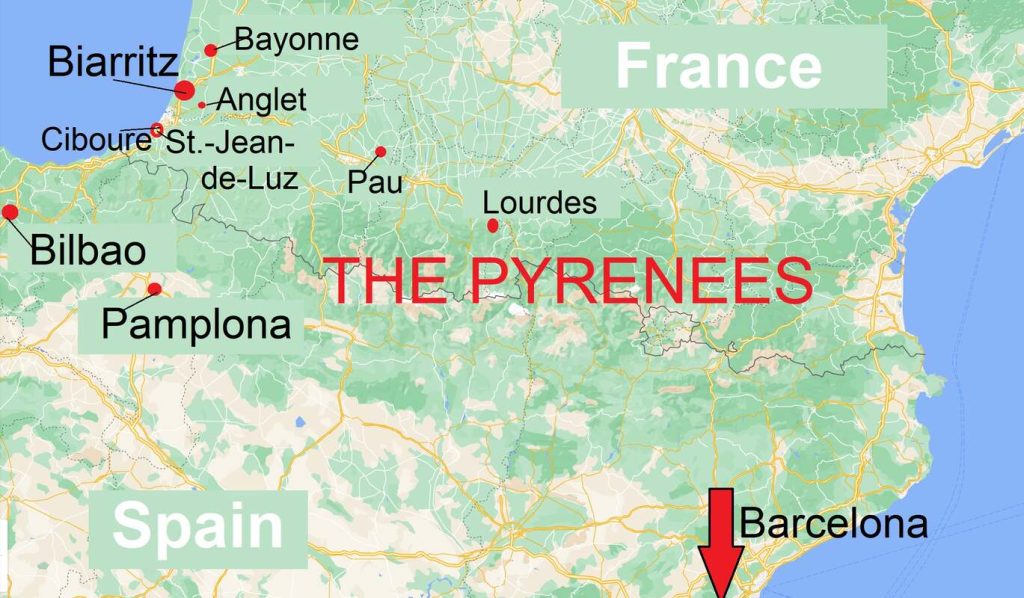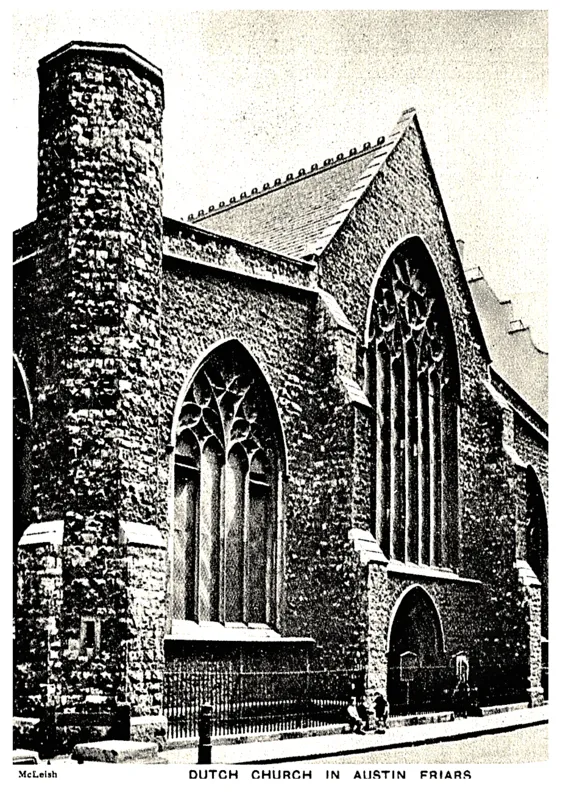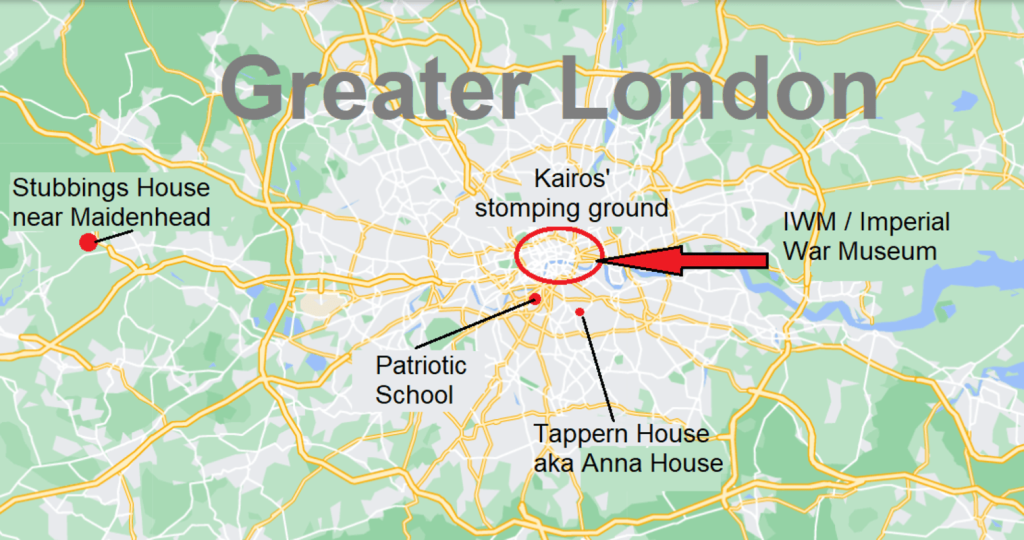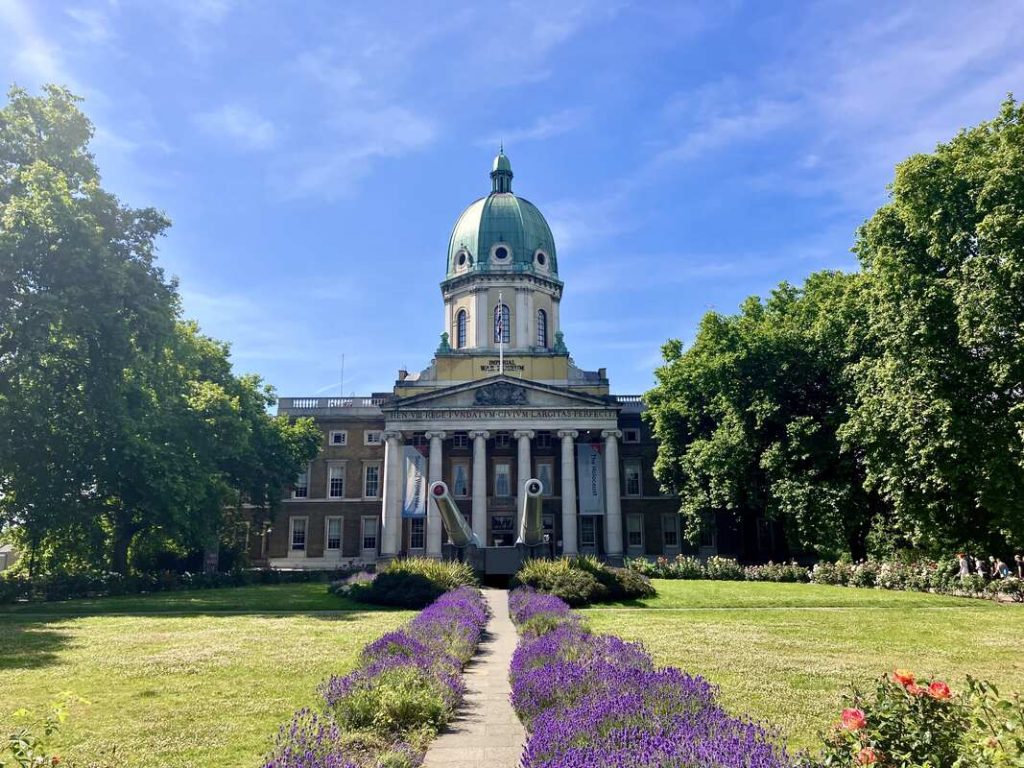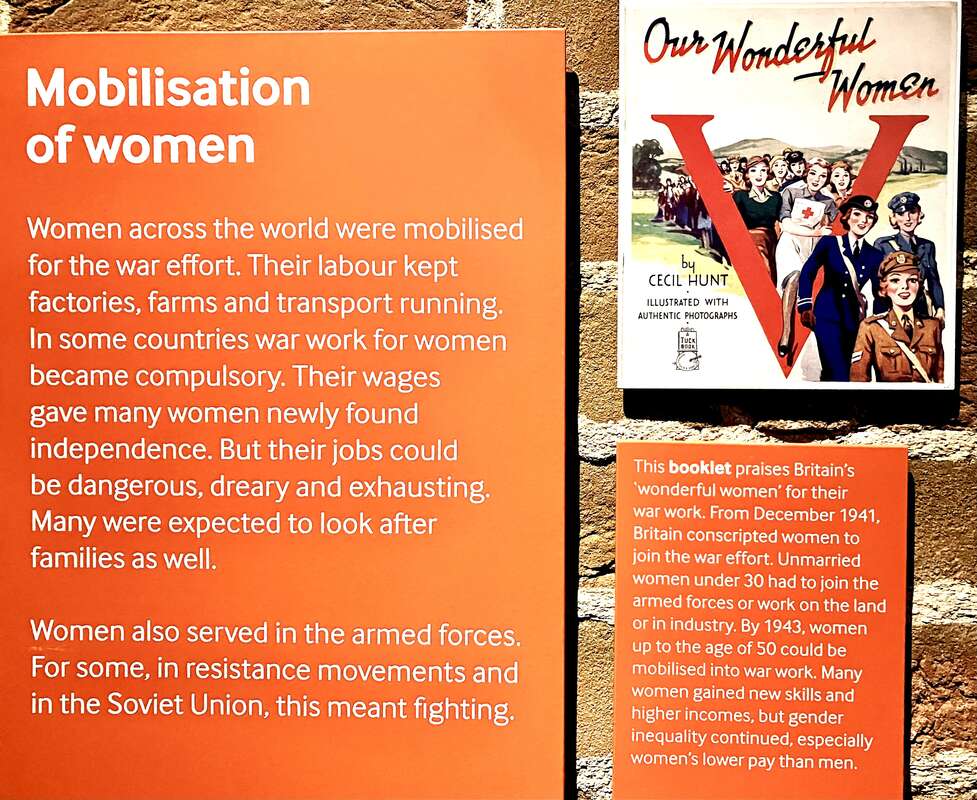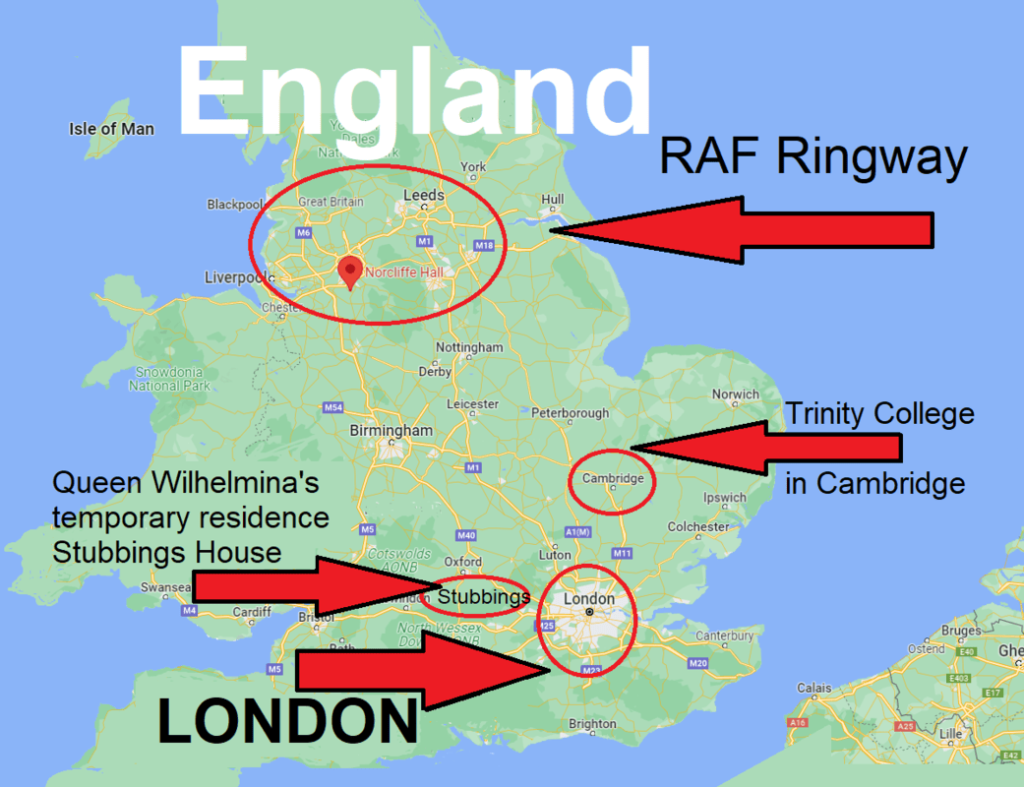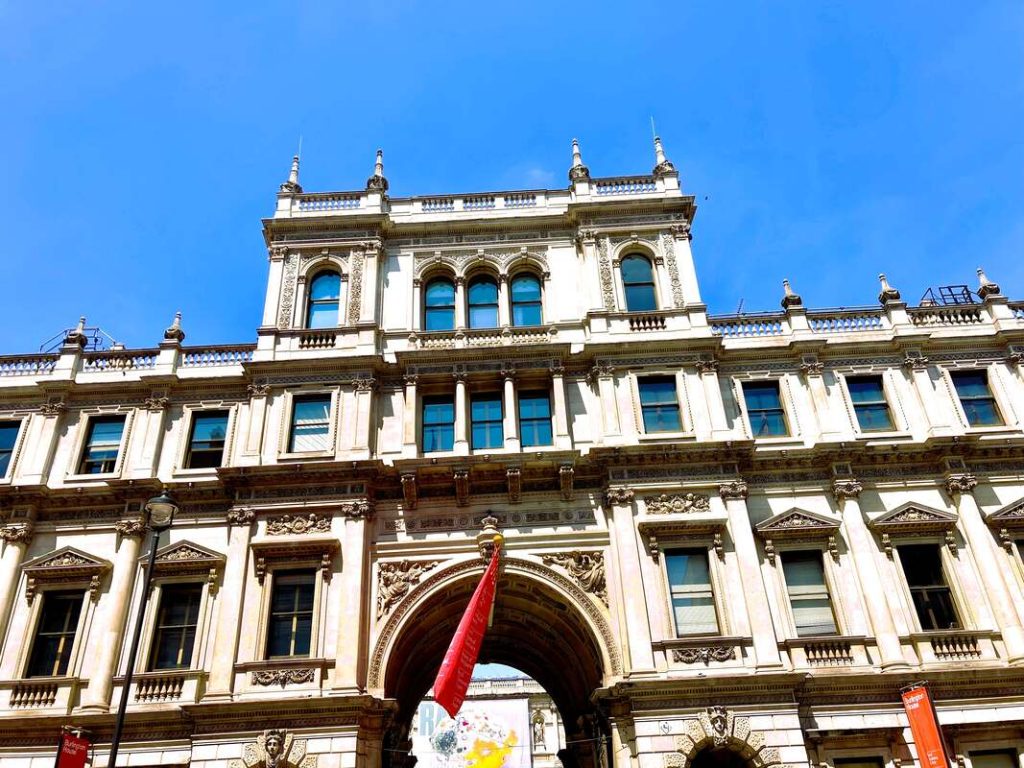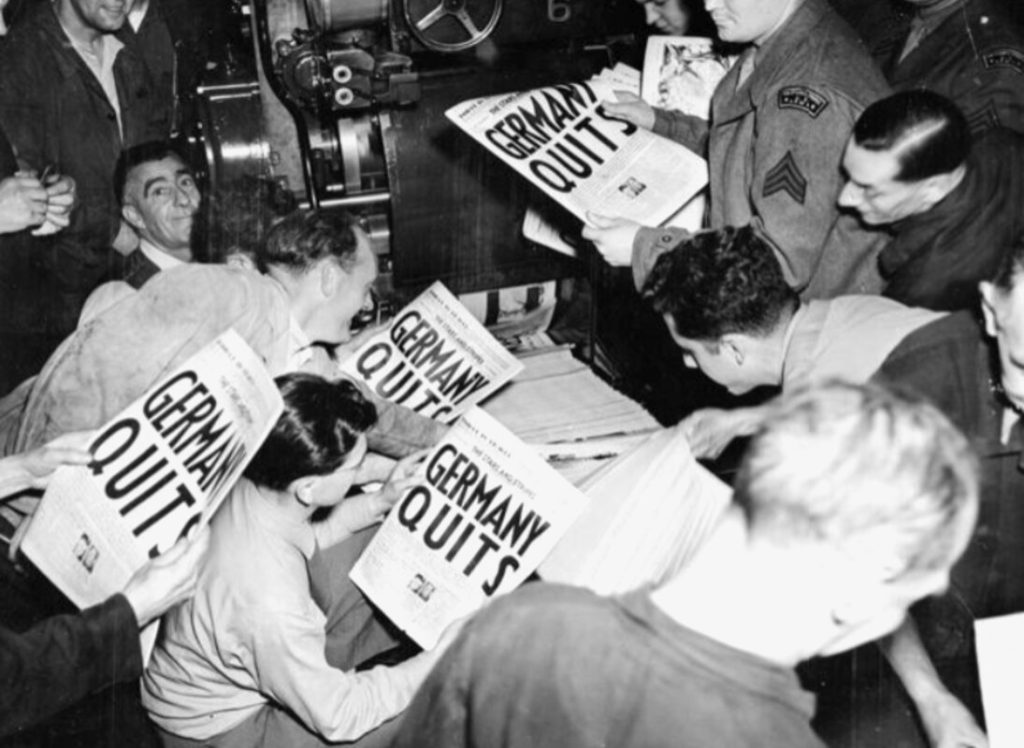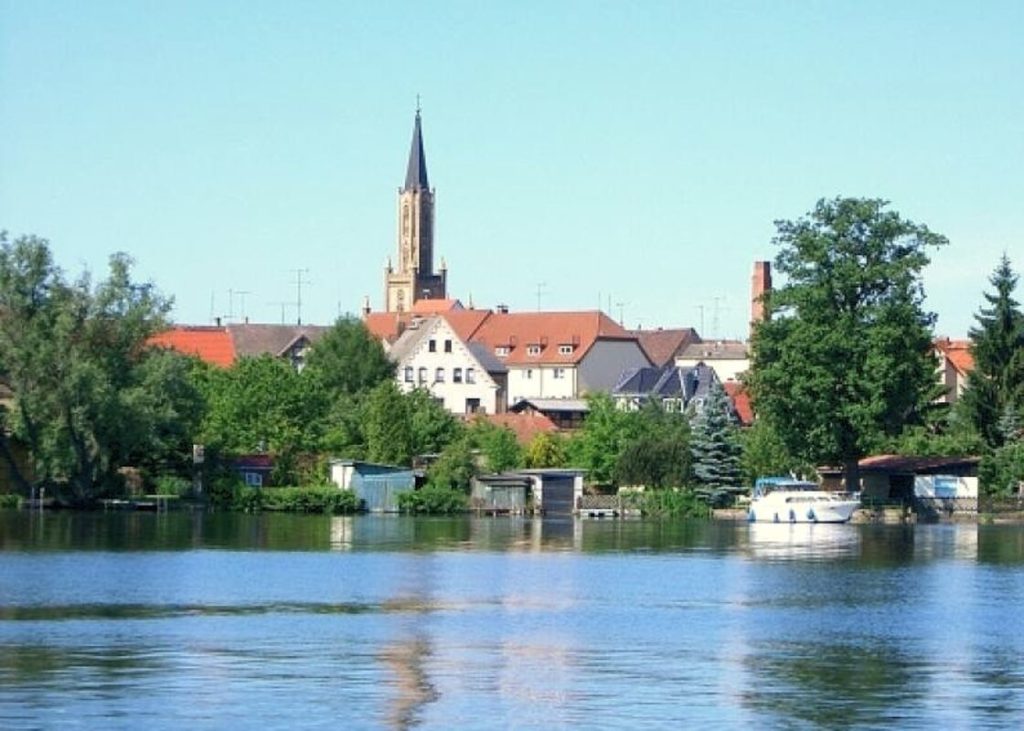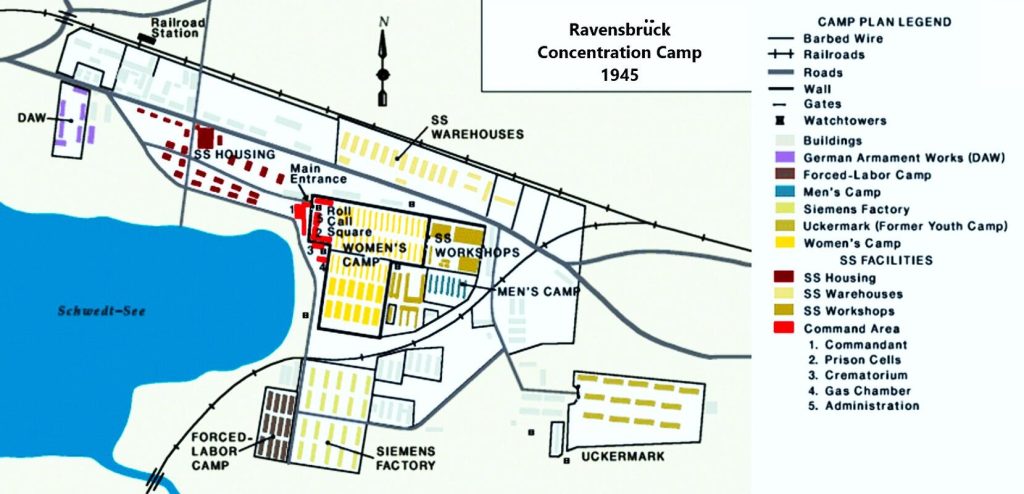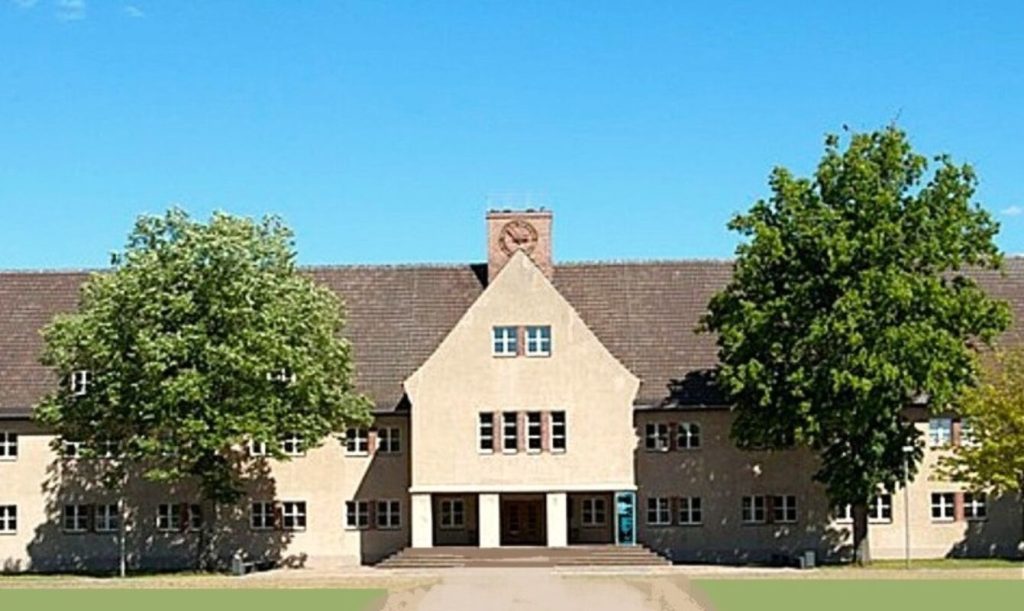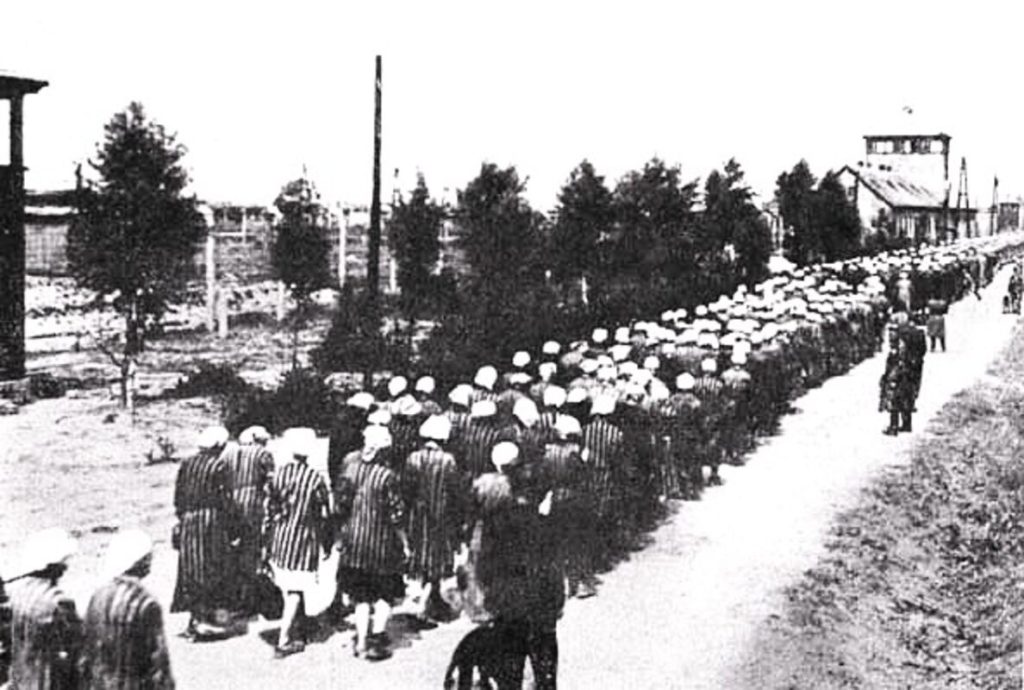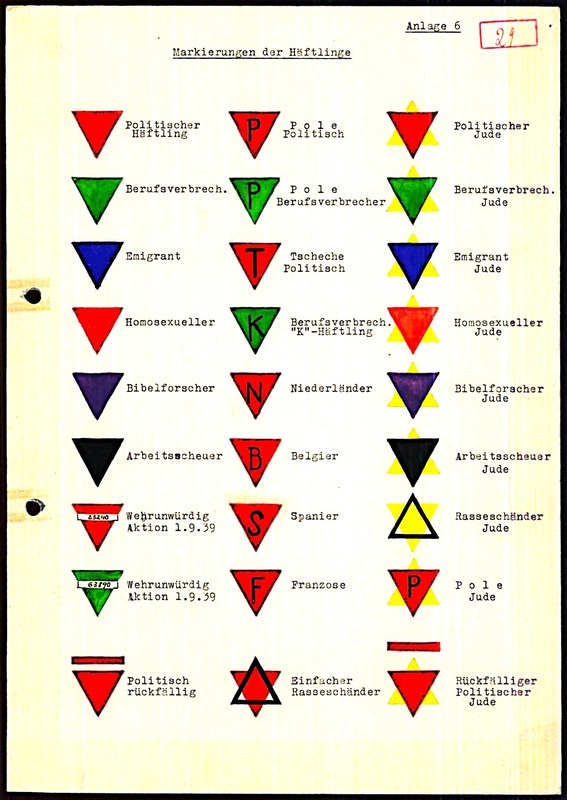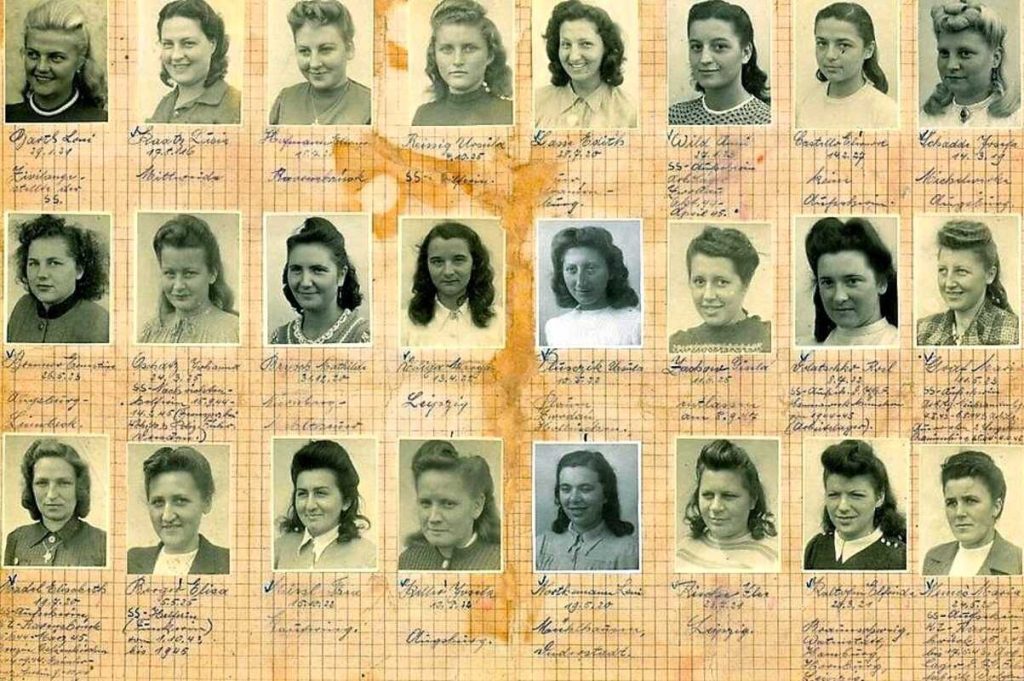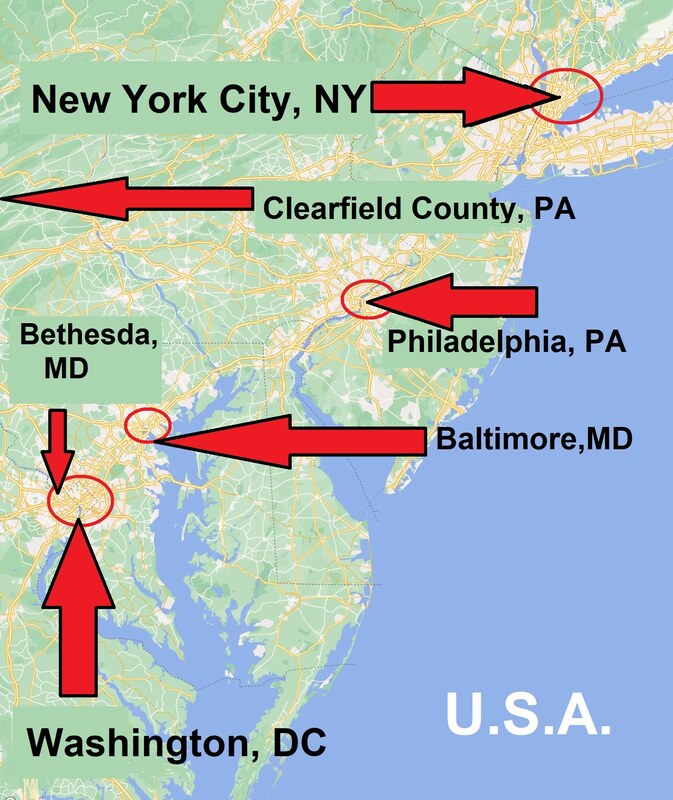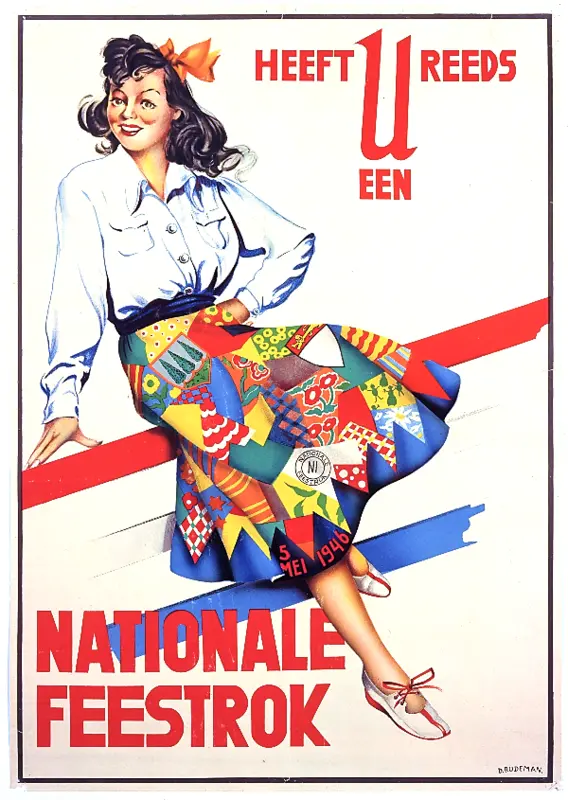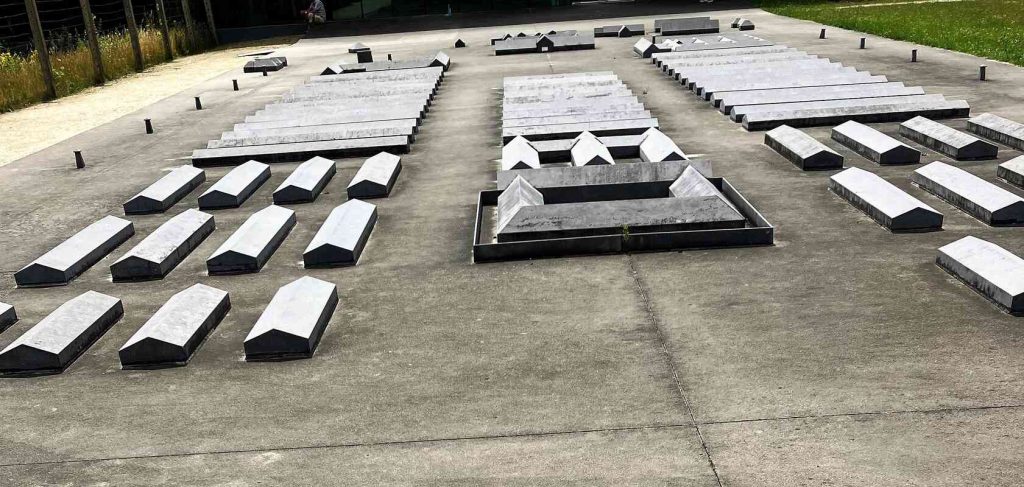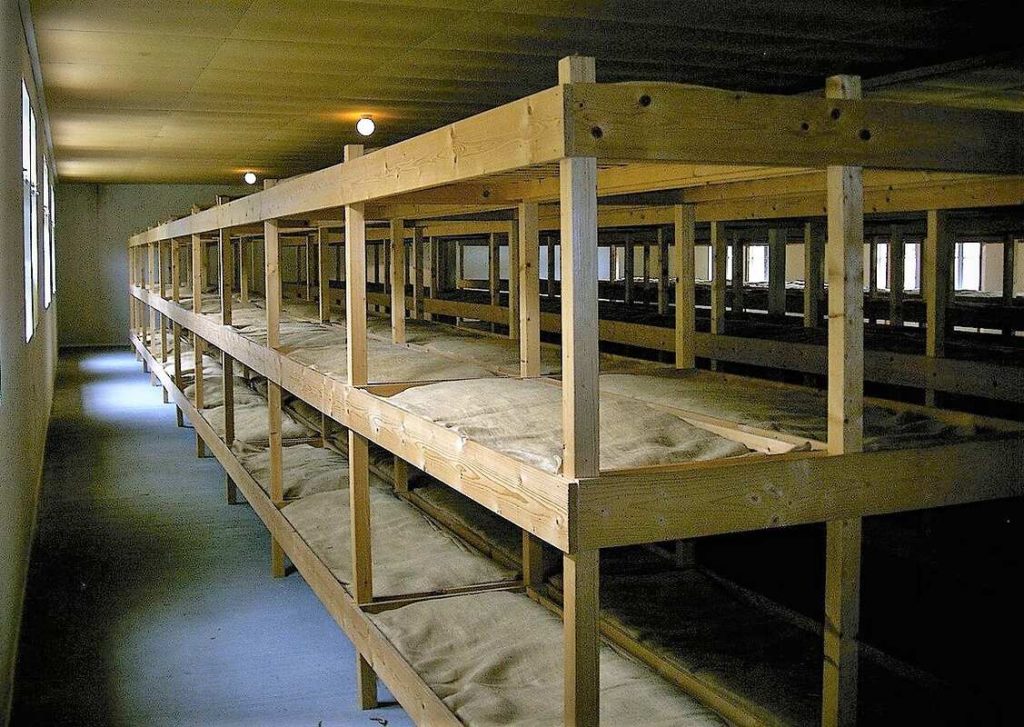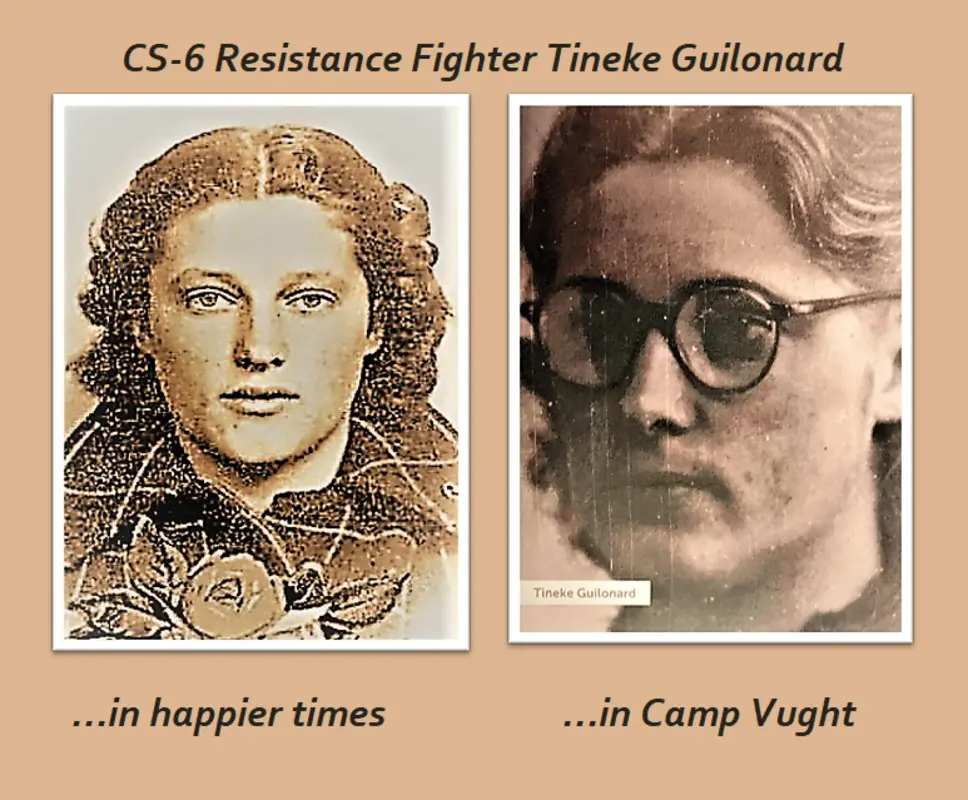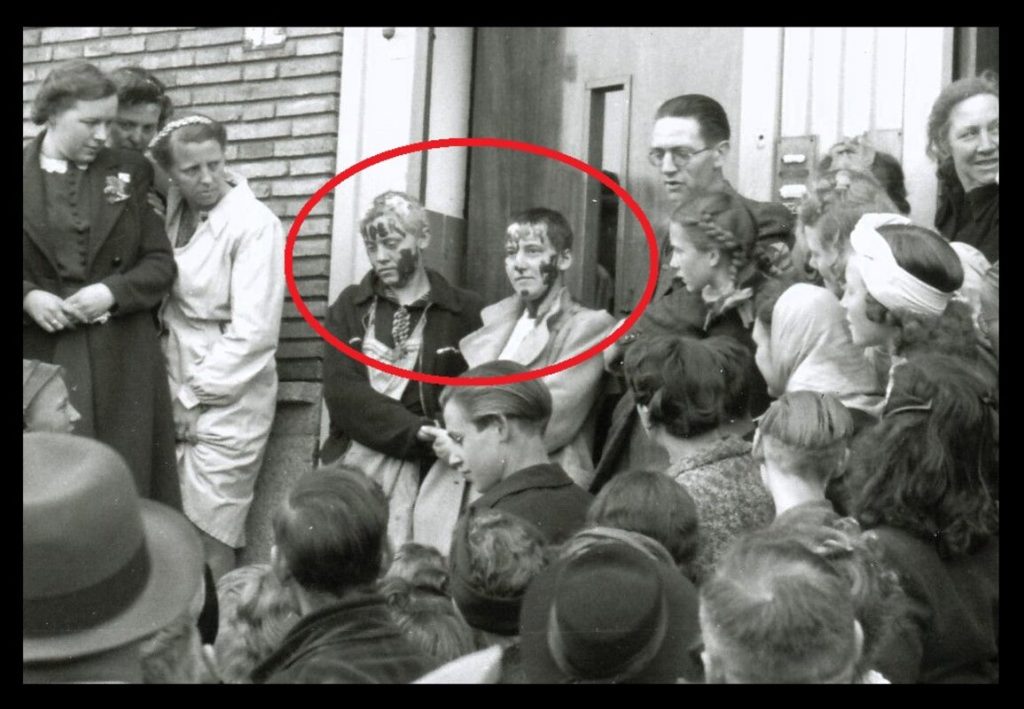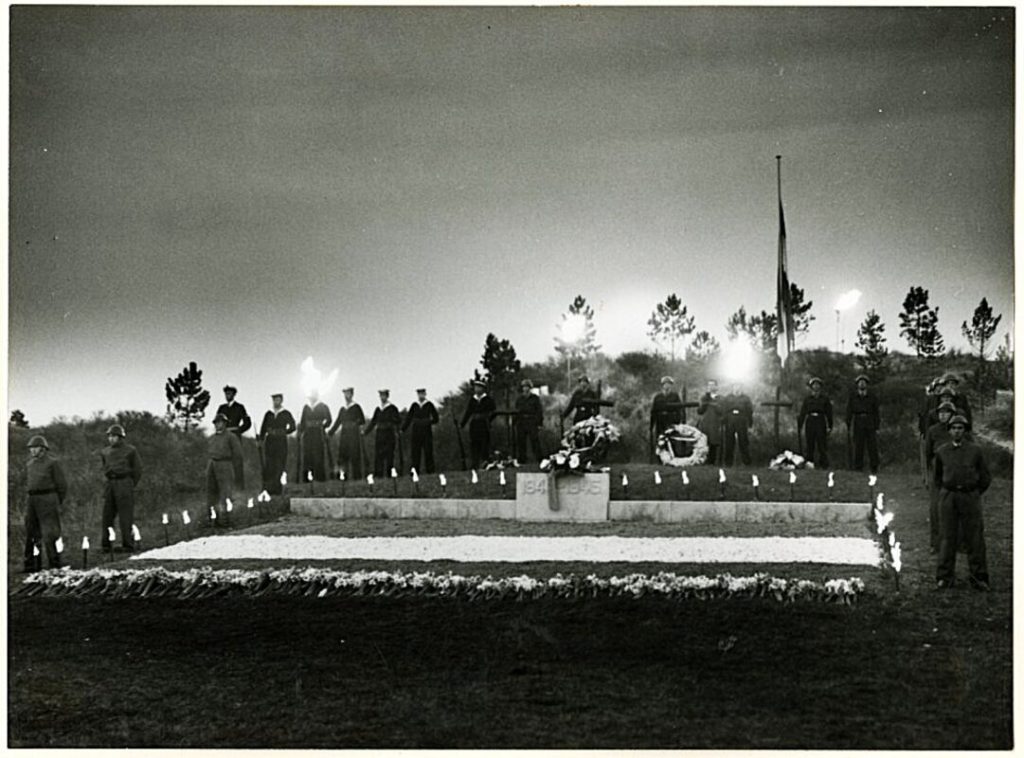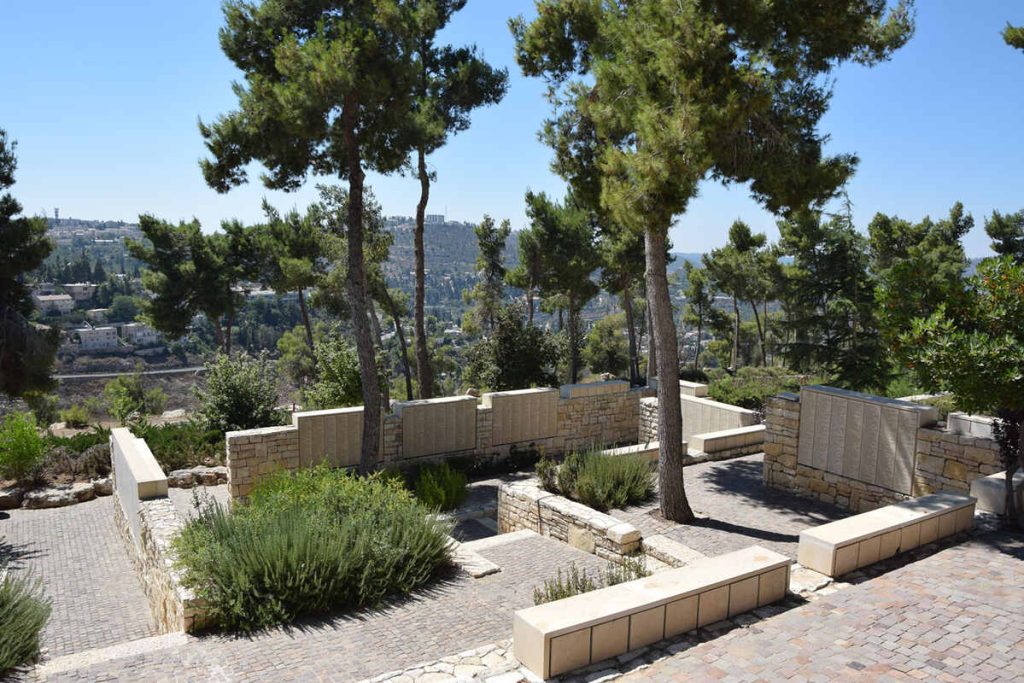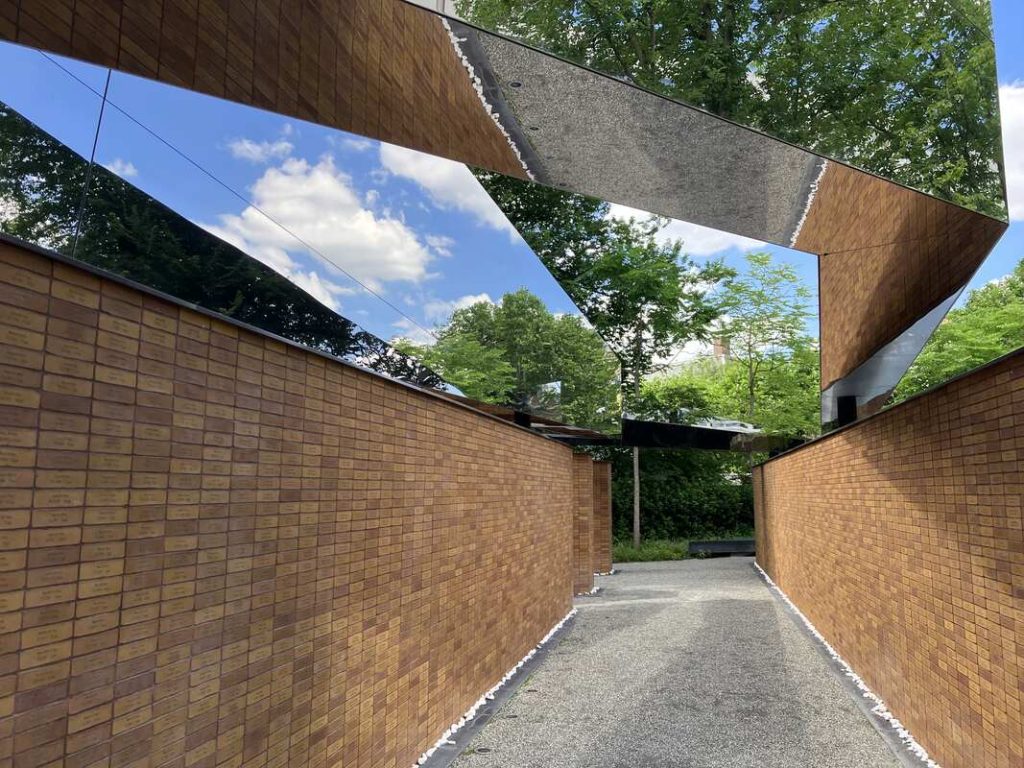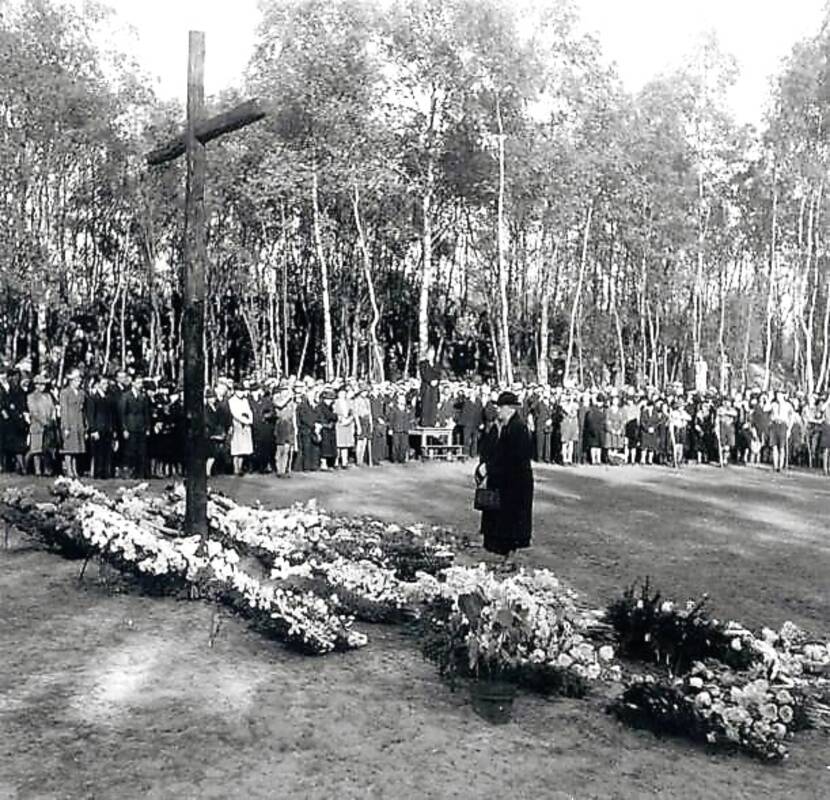QUEEN WILHELMINA – In Exile in England
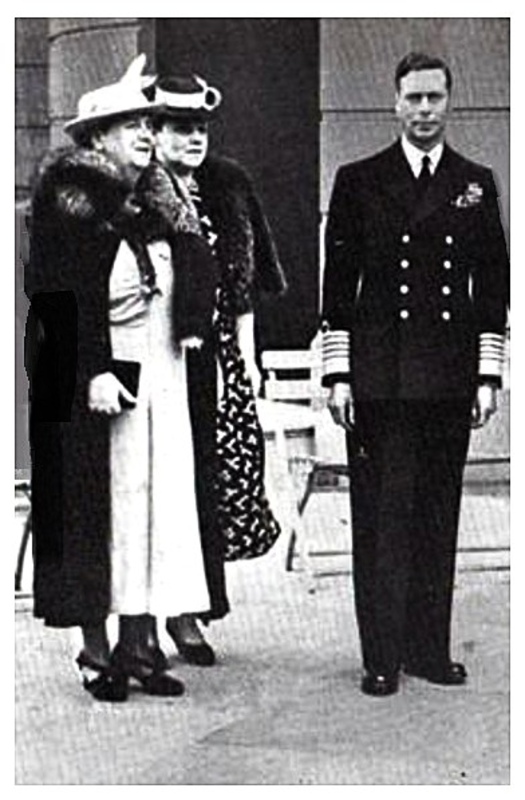
Photographer unknown
When Dutch Queen Wilhelmina was forced to flee Holland on May 13, she went to the UK where King George kindly put her up for a few nights until she took up residence elsewhere in London. She and her government in-exile would not be the only ones to come to London; Belgium, Czechoslovakia, Greece, Norway, Poland, and Yugoslavia did as well as did Charles de Gaulle of the “Free French.”
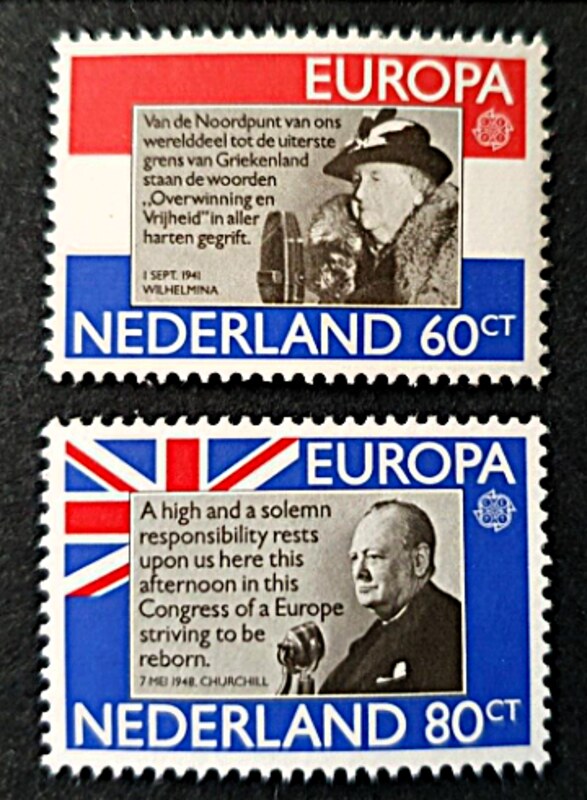
Prime Minister Churchill is said to have called Dutch Queen Wilhelmina “the only man in the Dutch government.” She modeled her “Radio Orange” addresses to her Dutch citizens on Churchill’s speeches, and there was a mutual admiration for the steadfastness and unwavering commitment needed to win the war. According to Paul Rem (curator of Het Loo palace museum), Queen Wilhelmina was so fond of Churchill that she not only invited him after the war, but even allowed him to smoke. Although she hated smoking and had forbidden it in all her palaces, she had “valuable 18th-century silverware melted down to make an ashtray” and even kept Churchill’s unsmoked cigars as trophies.

Picture credit: Jorinde
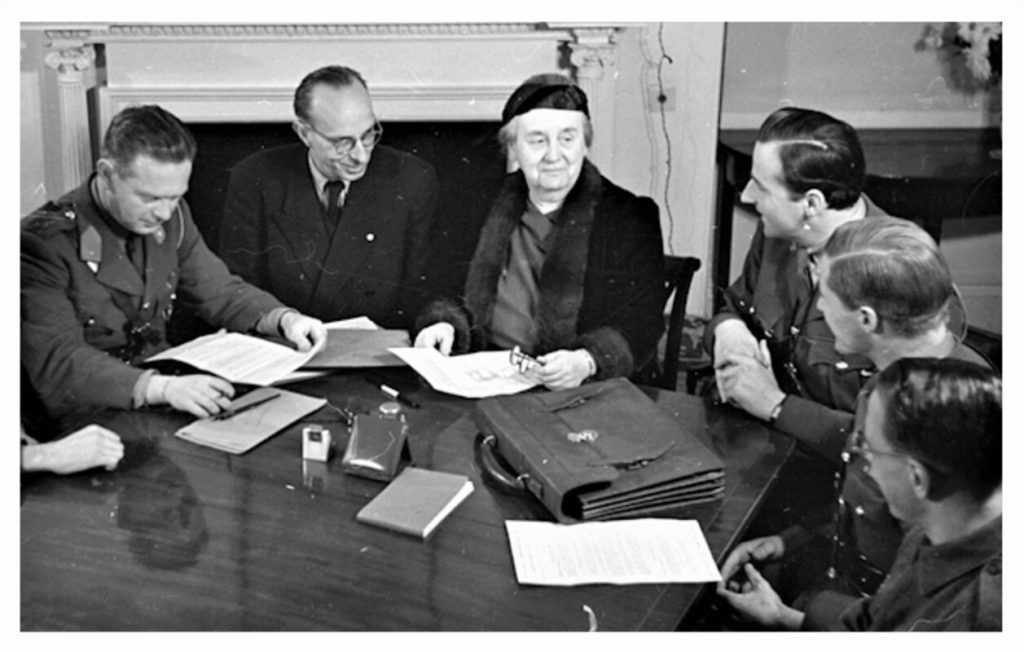
Dutch Queen Wilhelmina’s first home in London was at 82 Eaton Square, which was so large that there was room enough for everyone in her entourage. The parlor had dark blue wallpaper, there were lots of family portraits, and a lot of furniture. The Queen liked working out on the balcony, which looked out over the square with its old trees, and she would only go inside to shelter if the bombings were particularly bad.
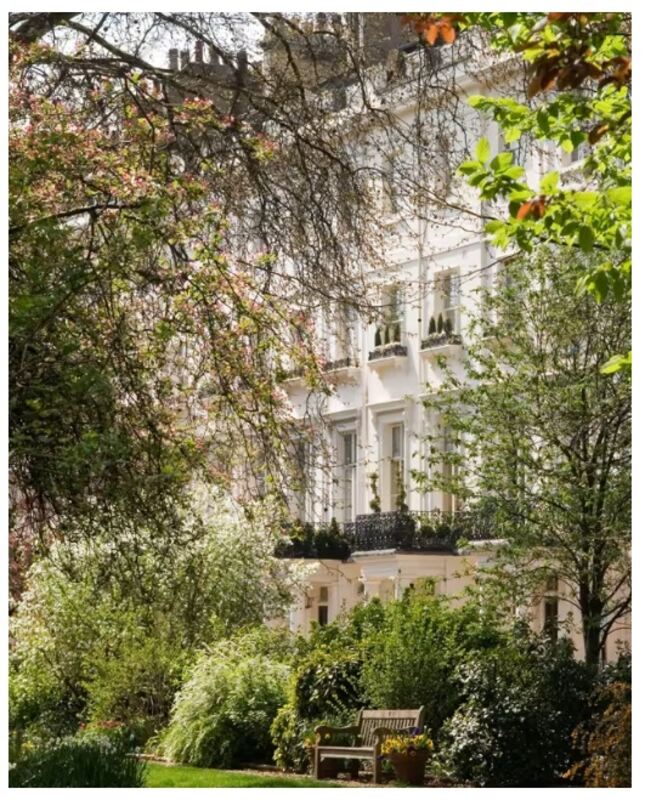
Picture credit: Jorinde
Dutch Queen Wilhelmina lived at Chester Square during most of the Blitz. The office of her son-in-law, Prince Bernhard was on the ground floor, and later the garden house became the residence of the queen’s favorite Engelandvaarder (a young man who had escaped from Holland) Erik Hazelhoff Roelfzema. The latter is a national celebrity about whom a book, film, and musical have been made. To Queen Wilhelmina, young men like he and Kairos were the embodiment of what the Dutch future should look like; innovative doers, who wanted to create a new, better world replacing the stale world of “the Old Man’s Club” of the to her uncooperative government.
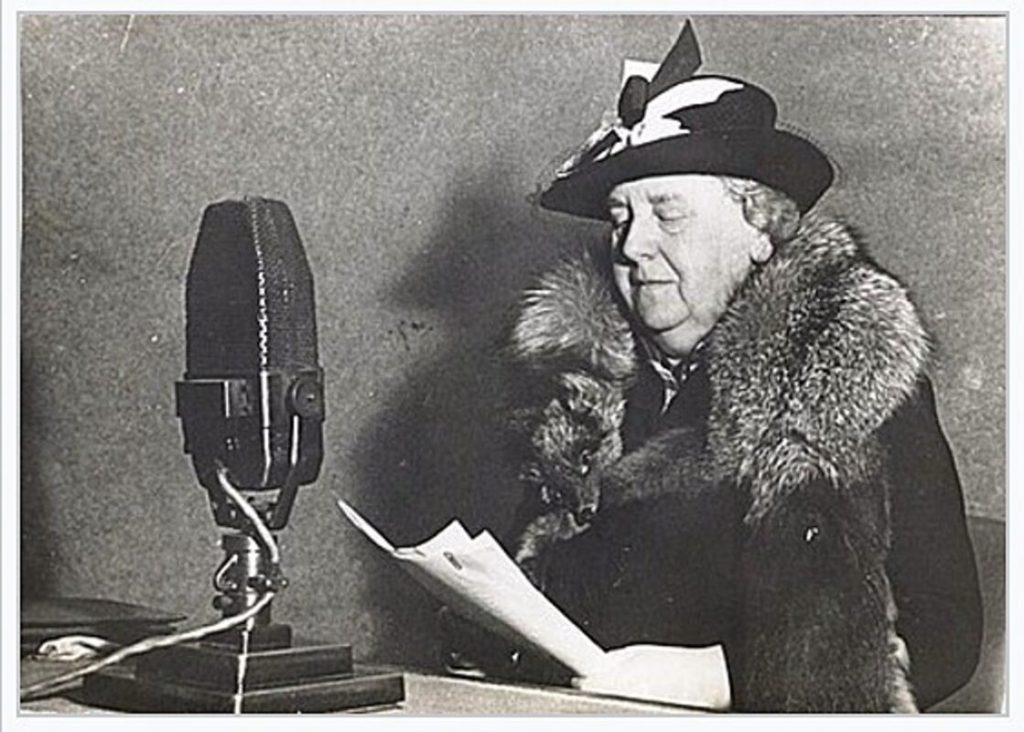
“Radio Orange” was usually a 15-minute evening broadcast by the Dutch government in exile in London aired by the BBC. The name “Oranje” (literally translated “orange”) refers to the Dutch monarchy’s House of Orange-Nassau. Every broadcast opened with “This is Radio Orange, the voice of the Netherlands at war.”
Some saw it as a rather boring program merely placating Dutch citizens, while others-like Kairos and his mother-drew as much inspiration from the speeches of Queen Wilhelmina (who appeared on the program 34 times) as British citizens did from Churchill’s speeches. At times, the program also included coded messages in bizarre sentences, such as “Message from Bob for Pete, the bird has flown. I repeat, the bird has flown.” Although the Nazis had ordered the Dutch to hand in their radios in May of 1943, many kept a “wireless” hidden somewhere. Dutch citizens risked heavy fines or even the death penalty, so merely listening to “Radio Orange” posed a significant risk.
I remember that my mother told me how my grandfather had spurted up three flights of stairs to hide the heavy radio used to listen to “Radio Orange” when the Nazis rang the doorbell. She said that grandfather’s unbelieve agility and speed saved them because he hid the radio in the attic before my grandmother opened the door.

Photographer unknown

Queen Wilhelmina loved living outside of London best. She particularly liked the Berkshire area west of London where she could remain anonymous and cycle to have tea in Ye Olde Bell in the village of Hurley close to Maidenhead.
From the end of 1940 until the beginning of 1944, Queen Wilhelmina would stay off and on at Stubbings House on Henley Road in Maidenhead.
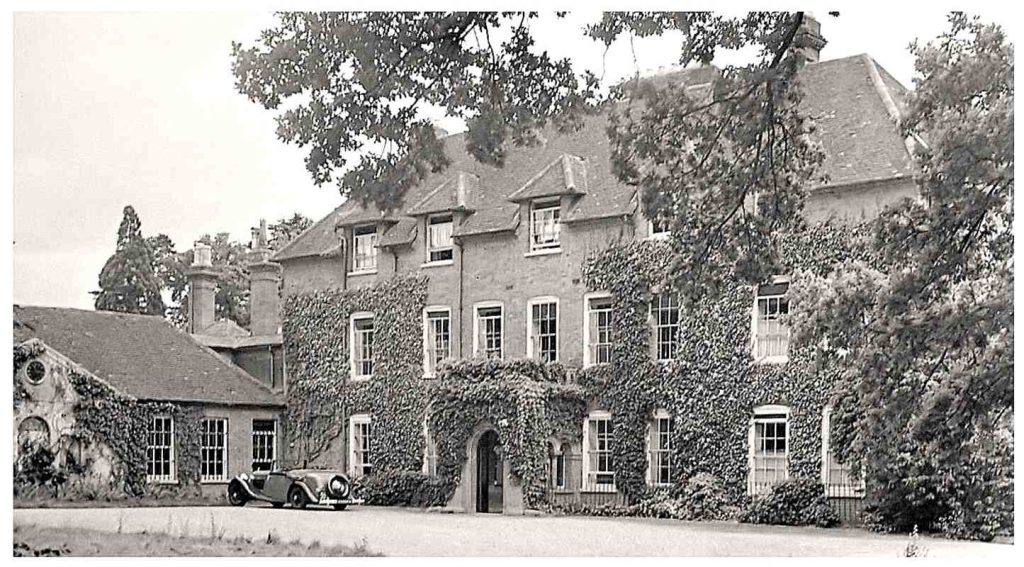
Photographer unknown
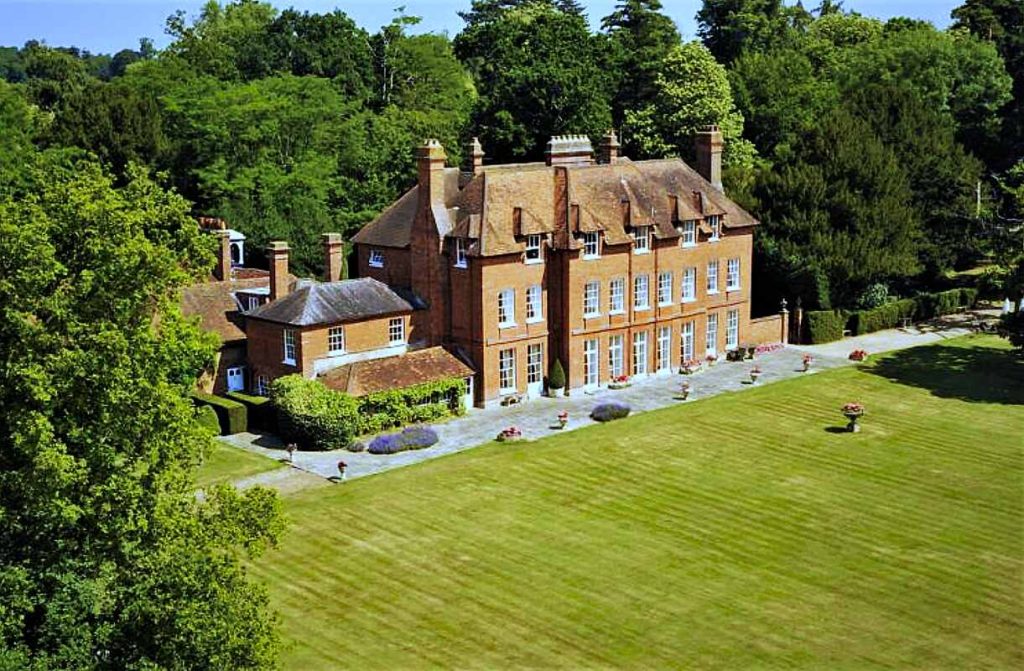
Queen Wilhelmina also loved the beautiful grounds around Stubbings House where she held ceremonies and parties for the “Engelandvaarders.”
Fact or Fiction: It is a fact that after receiving the “Cross of Merit,” an injured and depressed Kairos was encouraged by Queen Wilhelmina to persist and hoist the Dutch flag with her. The queen had instituted the “Cross of Merit ” on February 20th, 1941 against the wishes of the Dutch all-male war cabinet in exile because she strongly felt that the young Dutch ex-pats called “Engelandvaarders,” needed to be listened to and encouraged more.
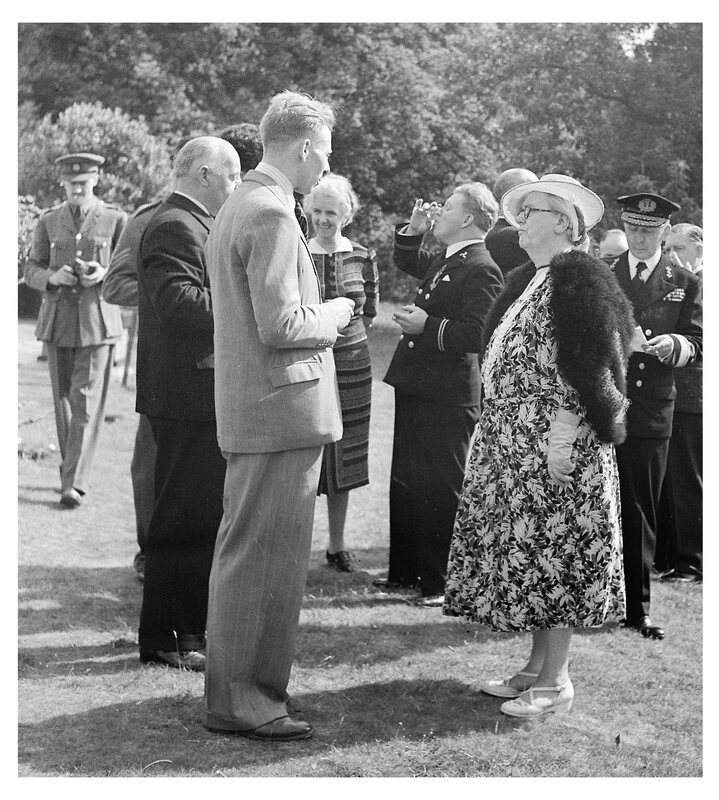
Photographer unknown
A few weeks later, on 24 September 1944, the queen herself would be inducted into the British “Order of the Garter,” which was a rare honor; other than UK queens, Dutch Queen Wilhelmina was the first woman from another country to be inducted since the 15th century.
Fact or Fiction: Kairos, who was initially an anti-royalist, started admiring, liking, and even depending on the Dutch queen when they became acquainted. Queen Wilhelmina’s story as told in Kairos is based on interviews with him as well as research.
similar galleries
discover
JOIN MY NEWSLETTER
To receive announcements about new blogs, images, essays, lectures, and novels, please sign up.
